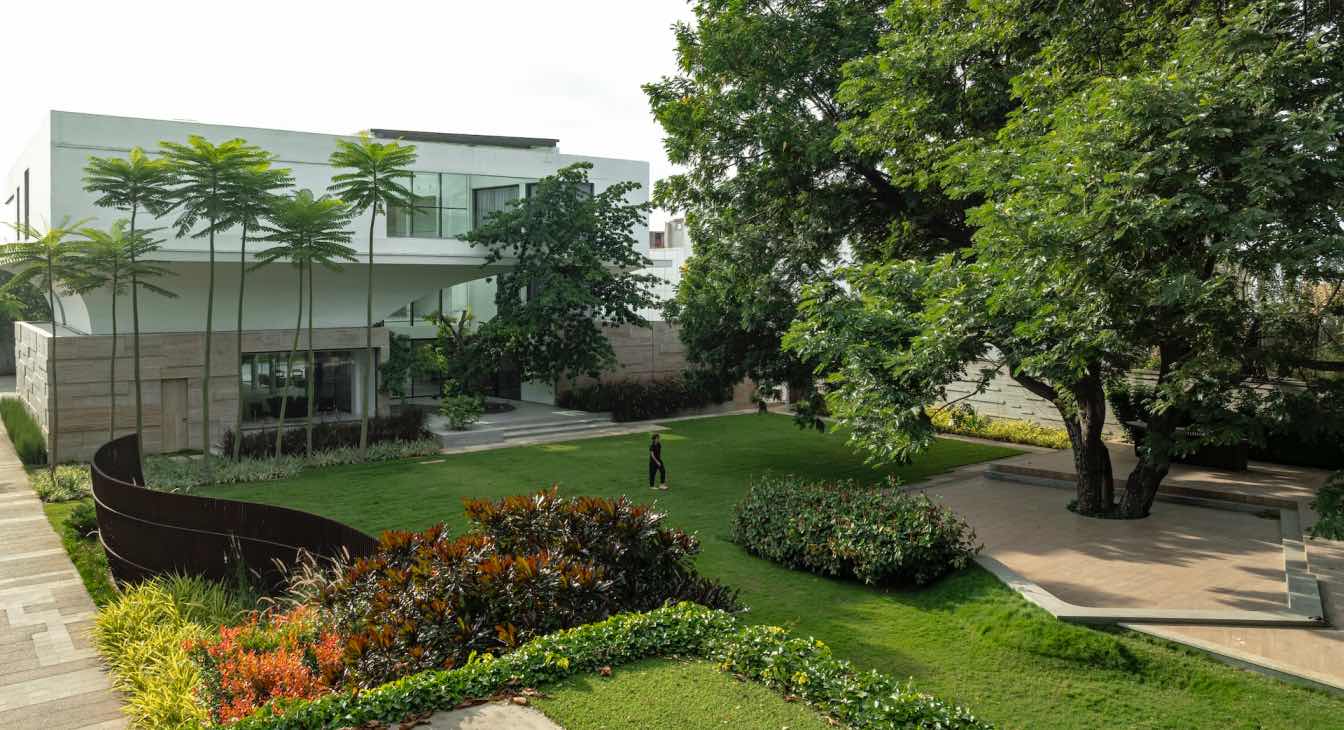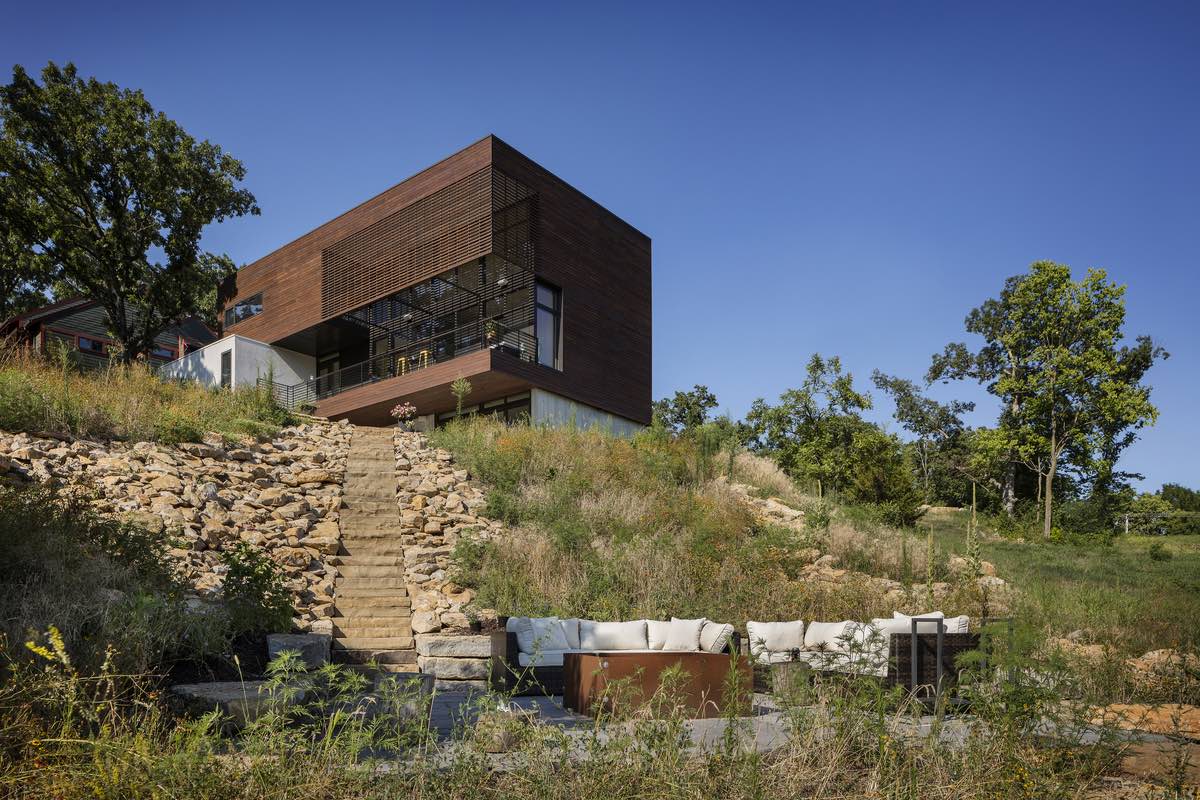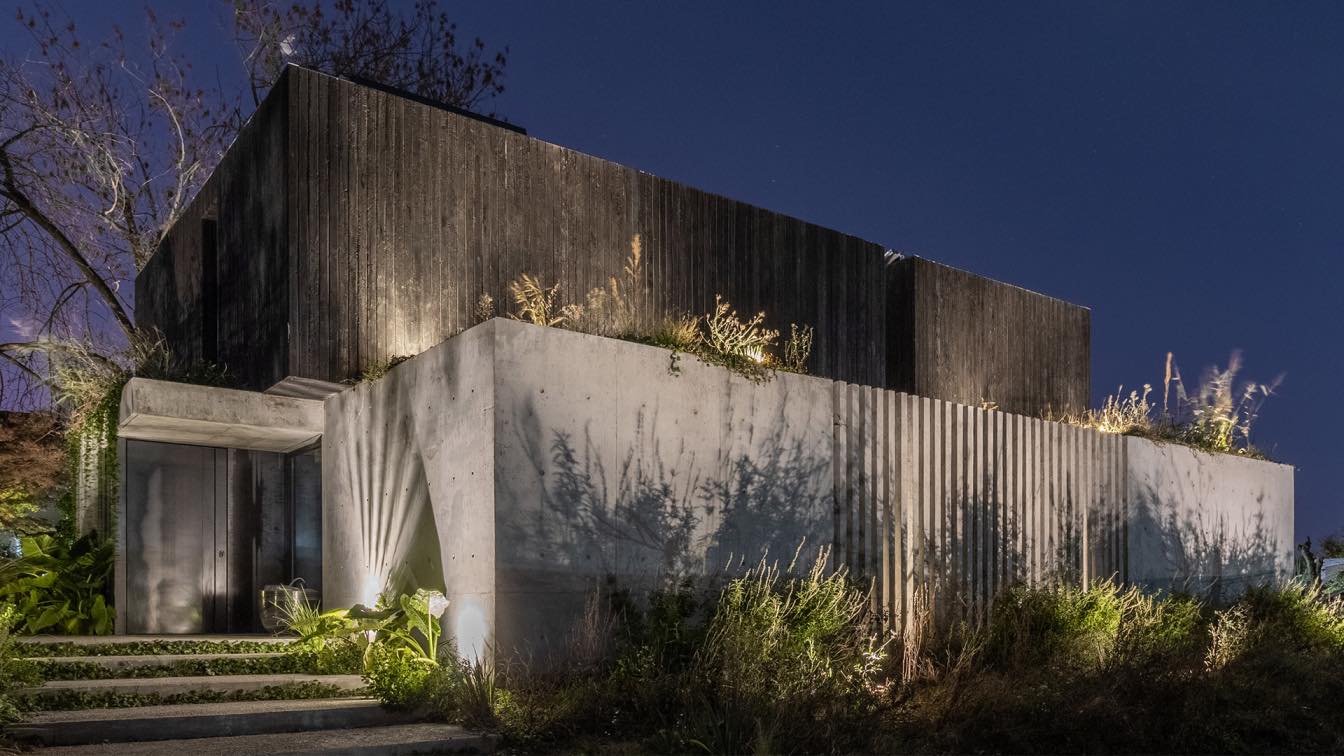ARQBR Arquitetura e Urbanismo: On this 713 sq.m plot, located in a residential condominium, there is a solitary pequi native tree, legally protected and very representative of the Central Brazilian region of the Cerrado. Adjacent to the lot, a green non-buildable area, still flourishing, promises to become a densely wooded forest, a common green space to the residents of the condominium. The project conciliates this context with the family's desire: to build a small single-story house, with a shaded veranda, obtaining the largest space of green area possible.
The strategy adopted was to design the plan in the shape of a ribbon that develops through the plot, adjusting itself to its perimeter, in order to create voids through which the intended spatial relations could be obtained.
 image © Joana França
image © Joana França
These voids, converted into living and leisure patios, promote contact with the gardens and the neighboring green area. In this configuration, the patio that opens to the woods also welcomes the native tree. The ‘pequizeiro’ remains there, as a simple reminder of a pre-existing landscape.
A strategically placed central porch simultaneously segregates and integrates the social and intimate sectors of the house, since it becomes necessary to cross it passing from one area to the other. Through it, the two patios are also integrated. The distribution of the spaces and their relationships promote unusual paths through the house, for it is natural to walk through an open space to reach a closed one, such as the one between the living room and the porch, passing through the patio, or from the dining room to the TV room, passing through the porch. In this way, everyday life experiences this relationship of continuity between inside and outside, and through it, contact with nature and the sky.
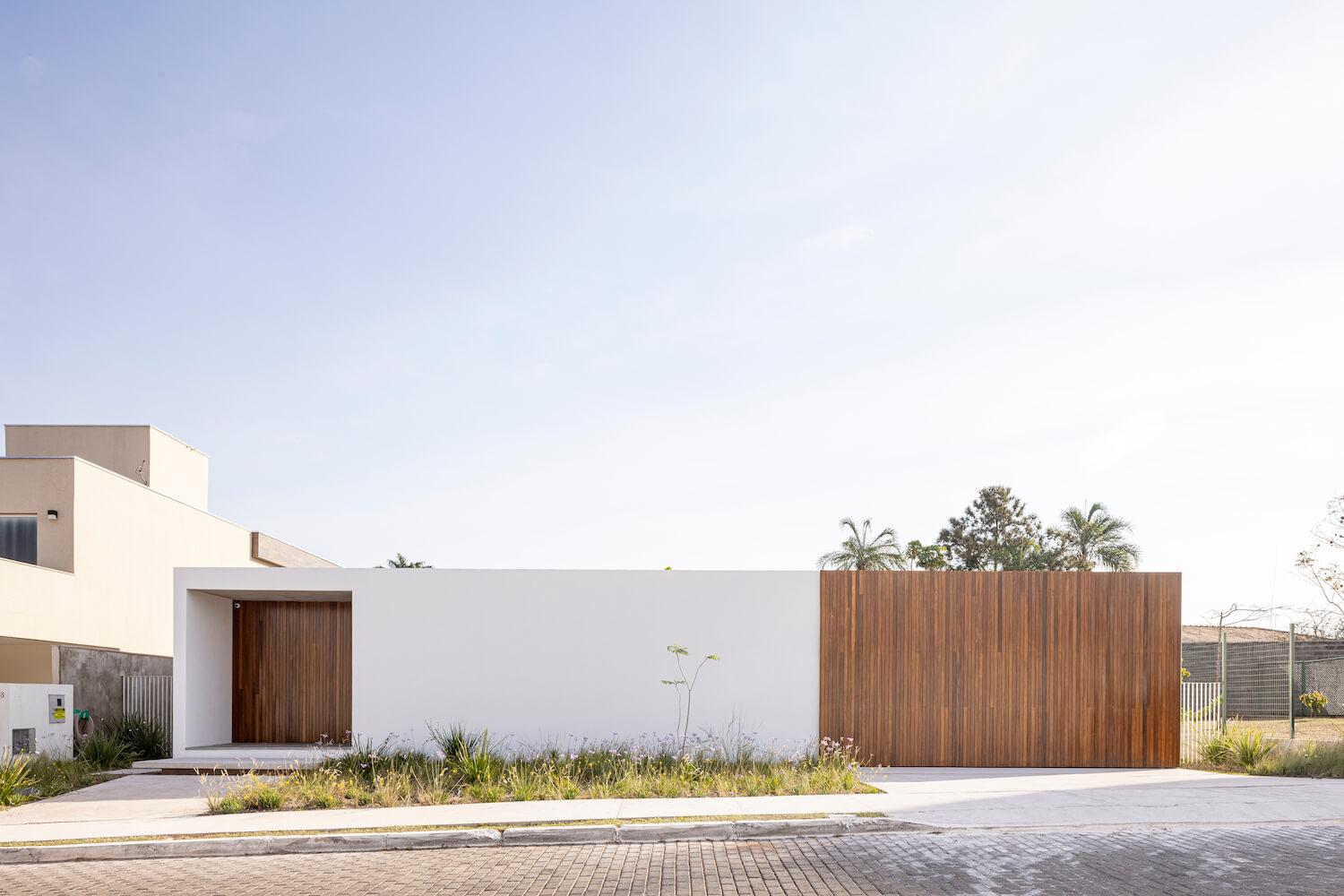
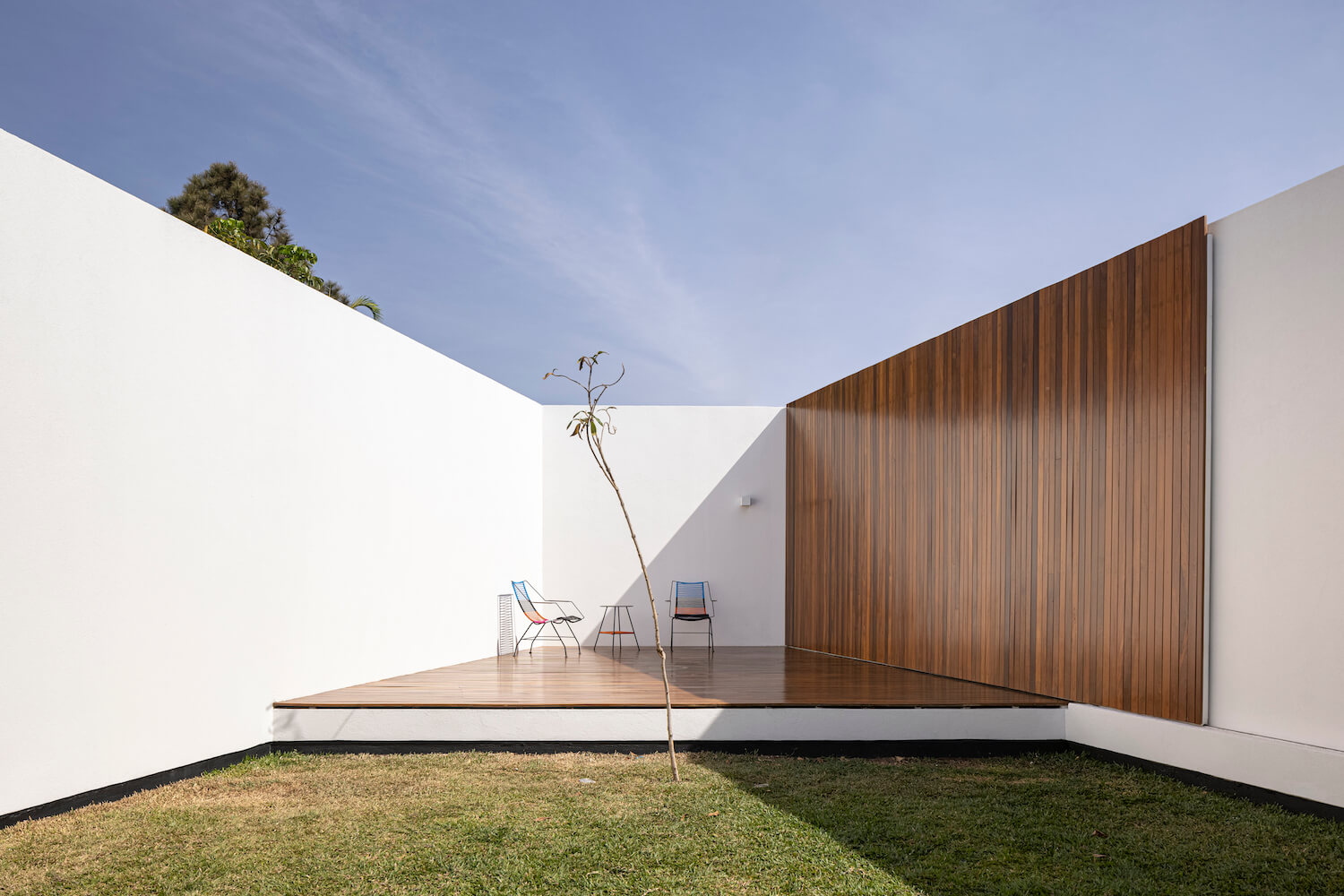
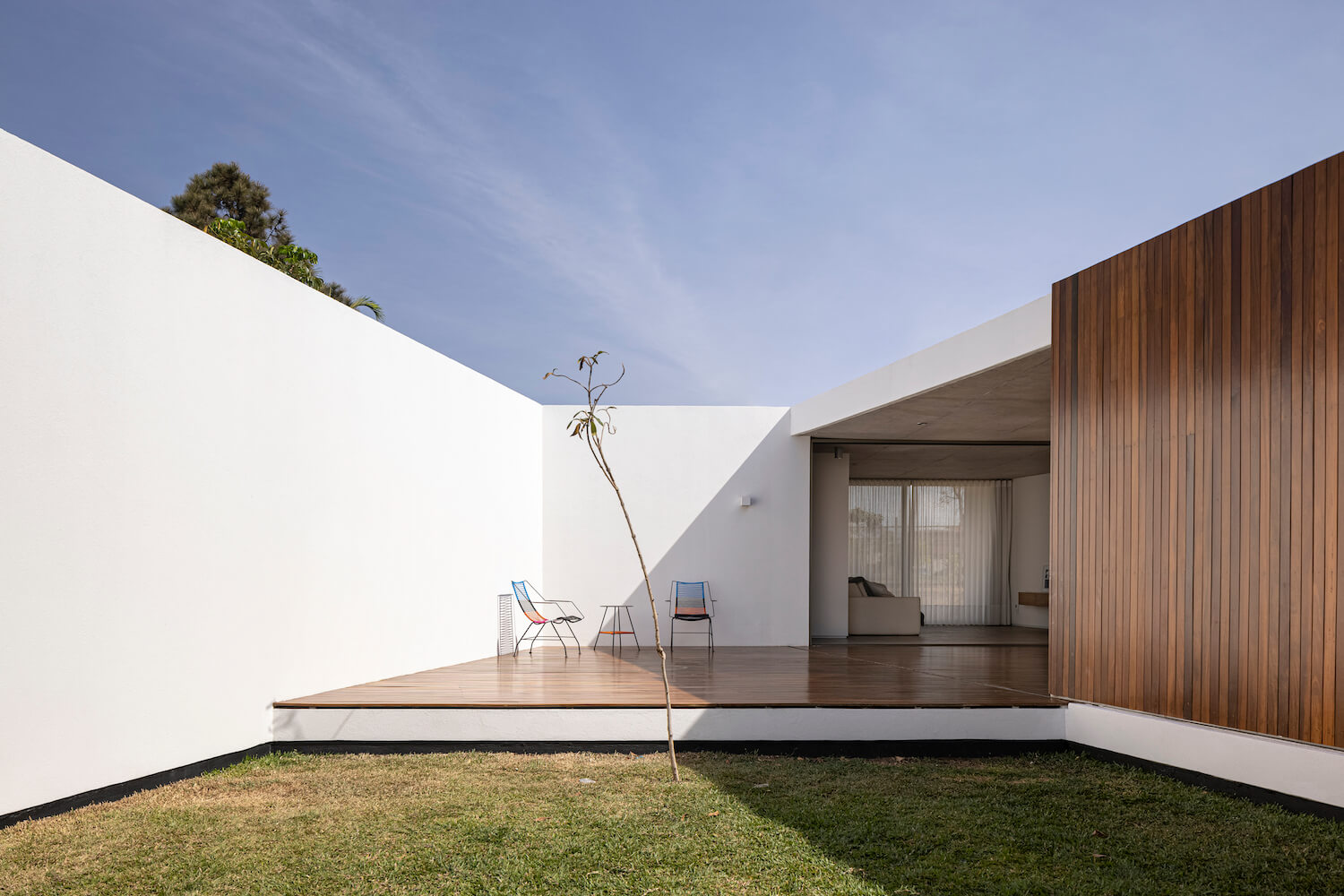

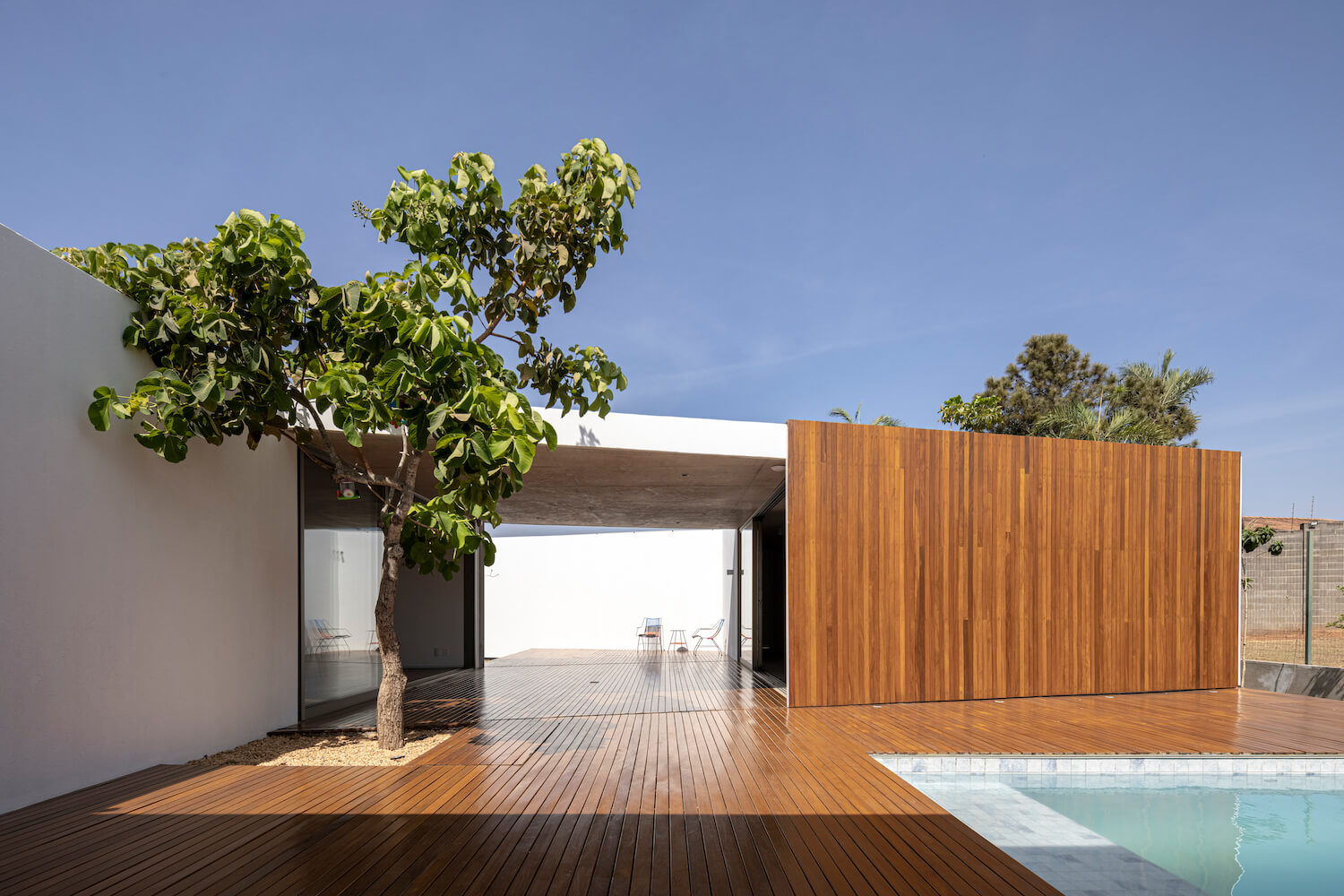
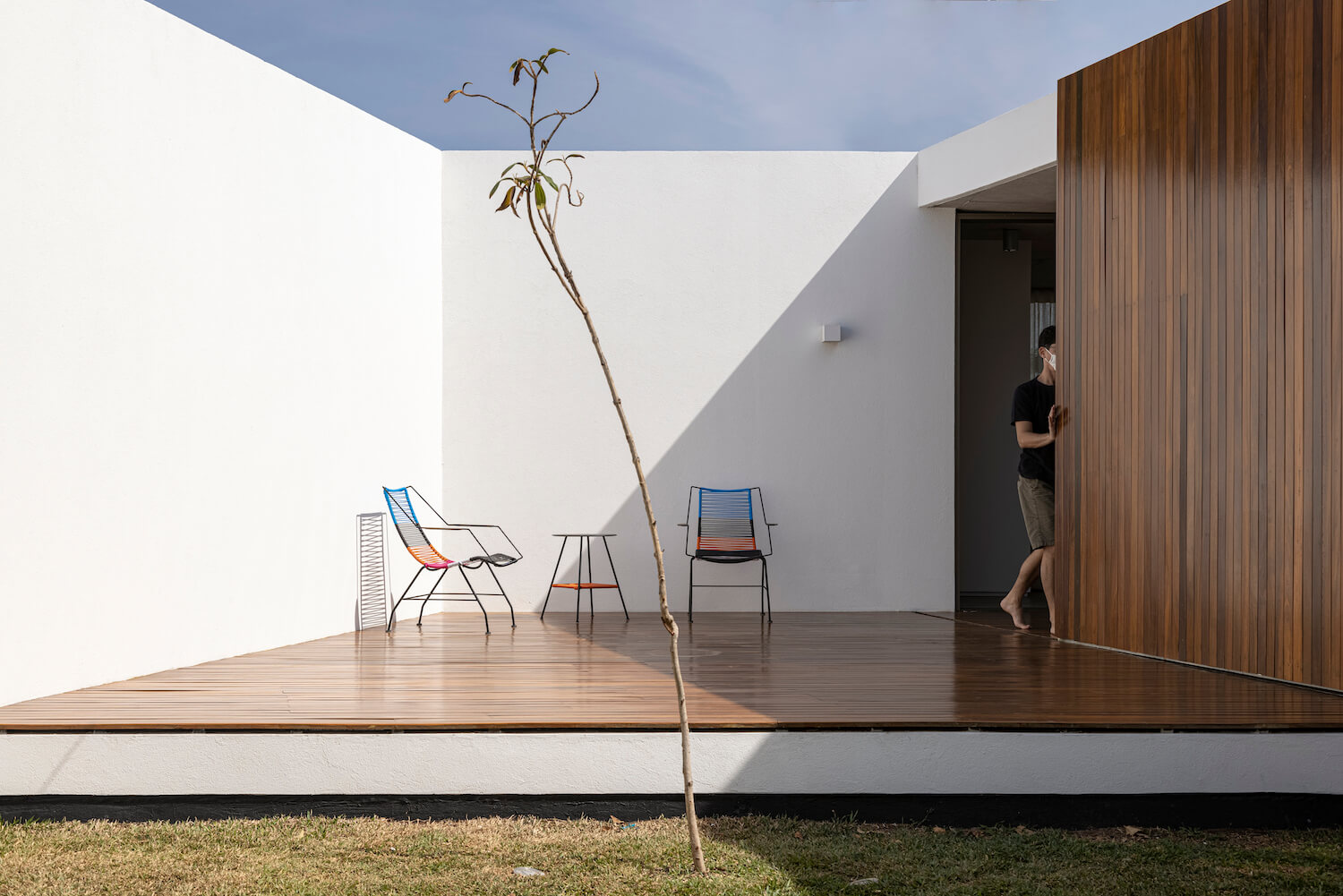
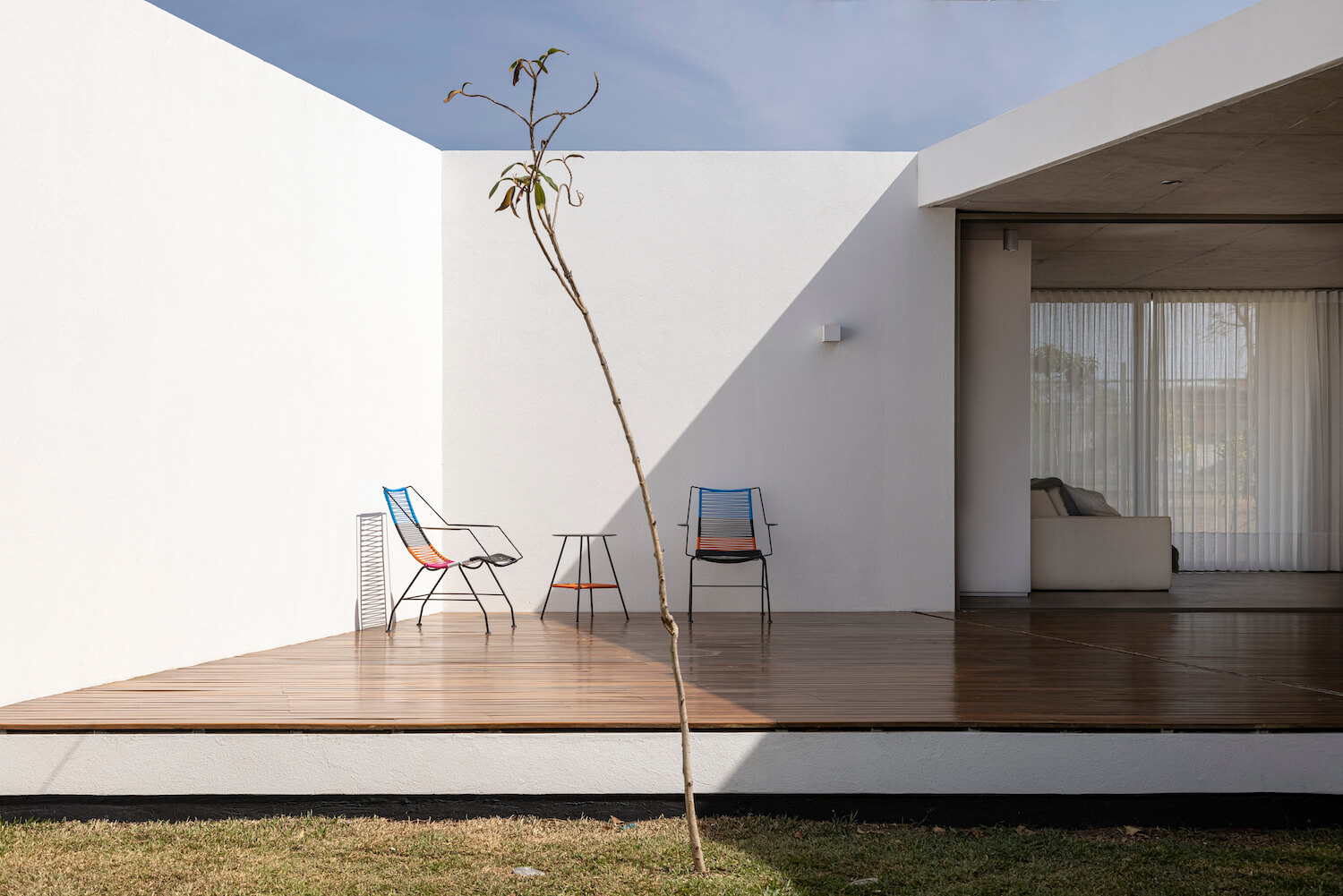
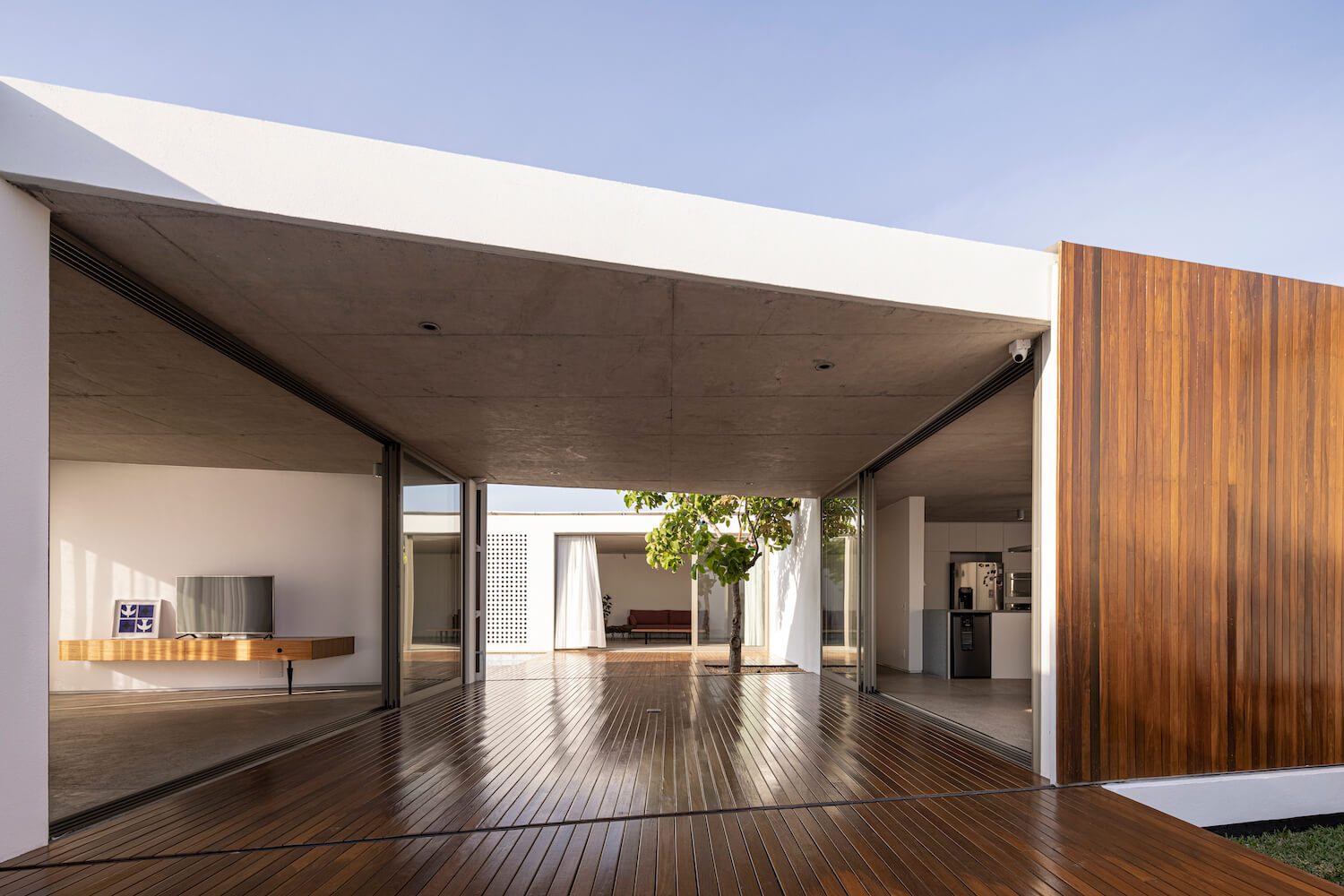
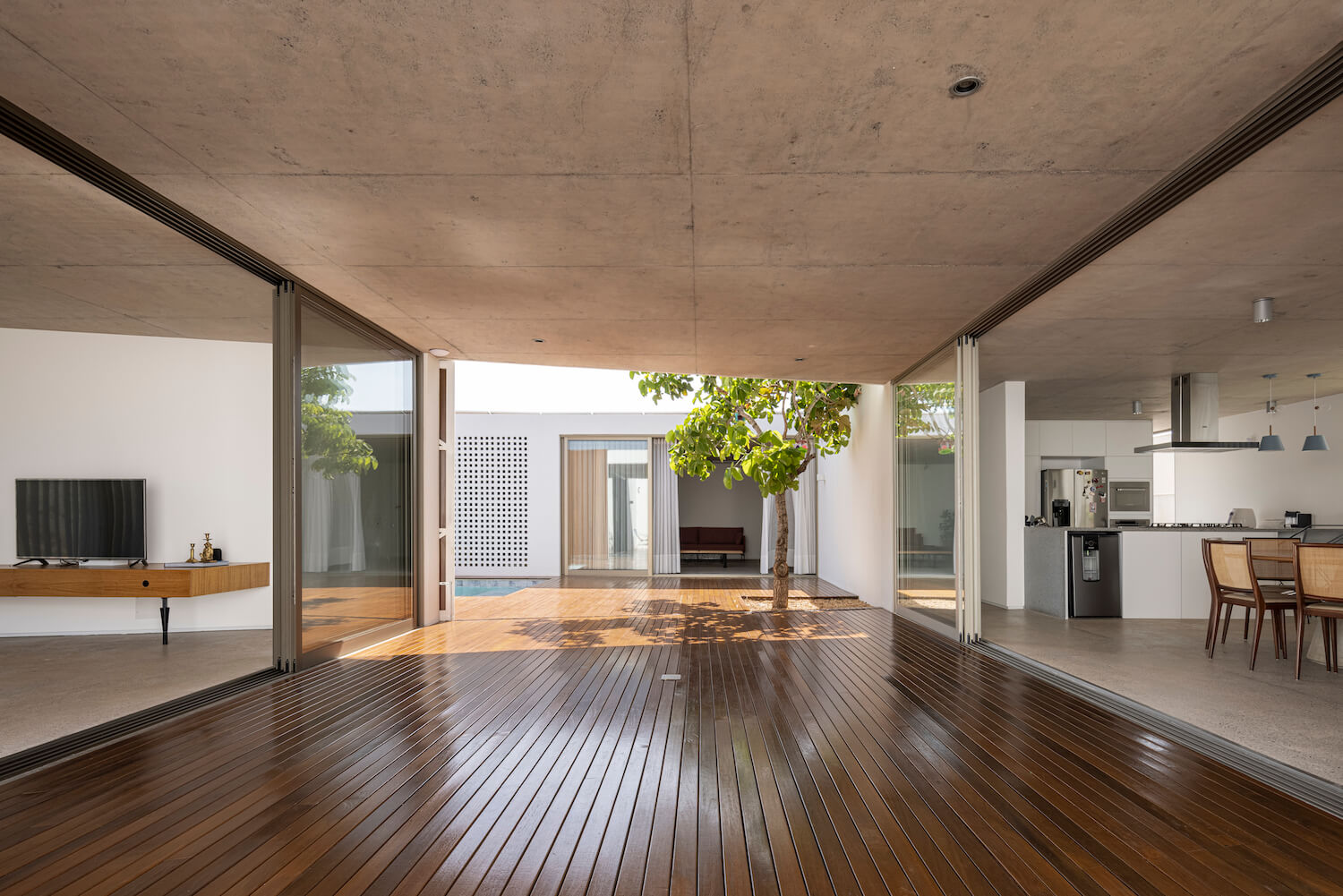
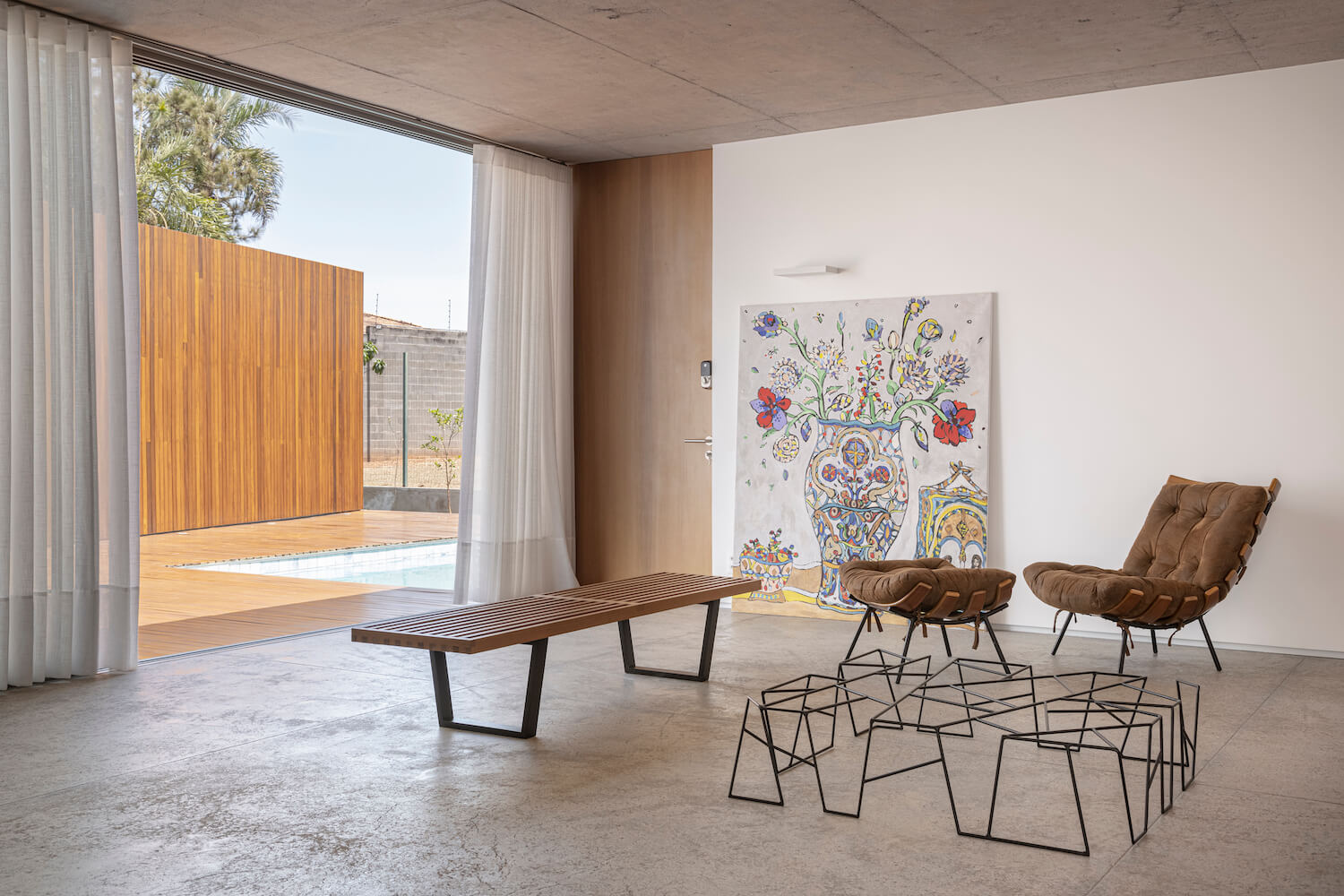



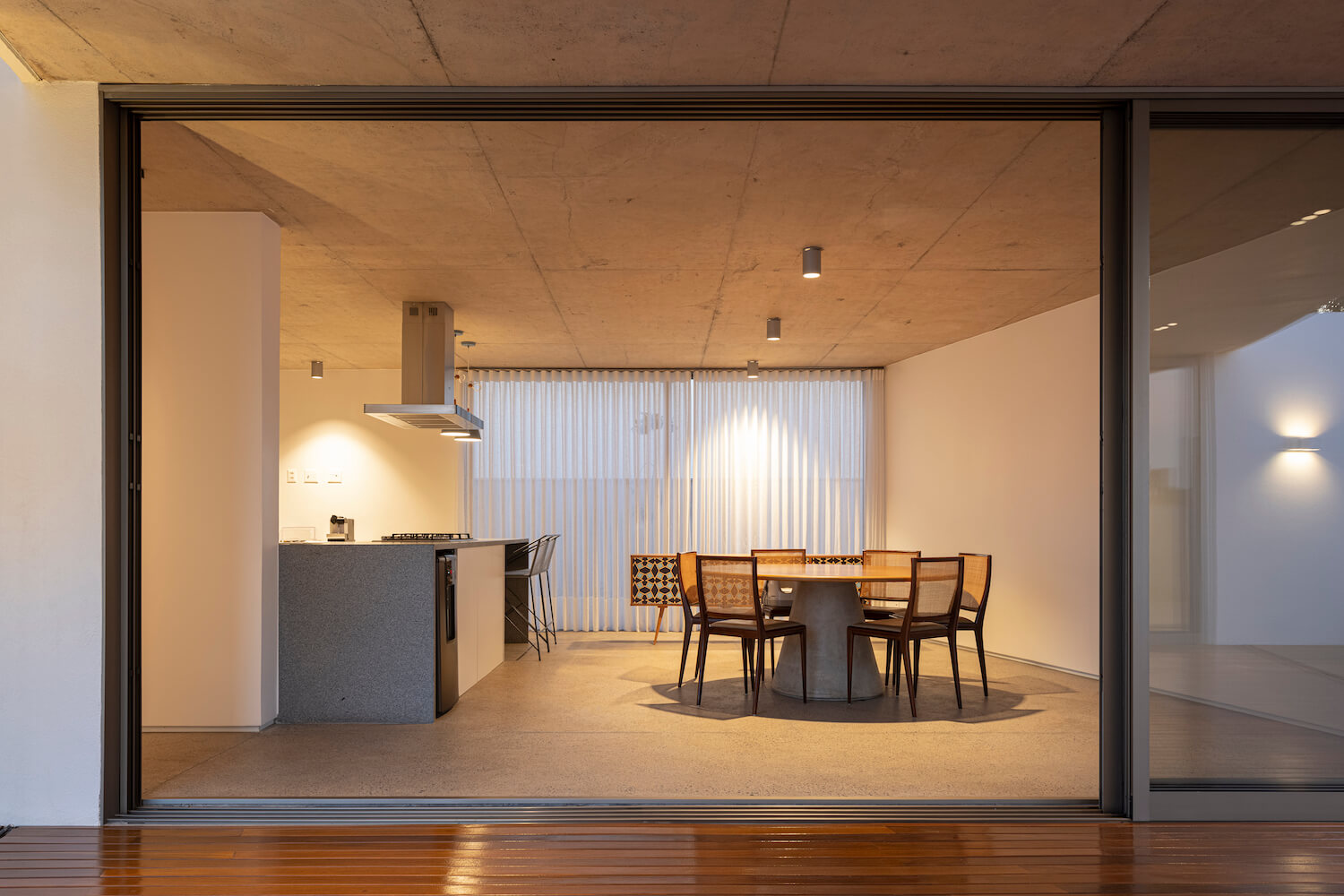
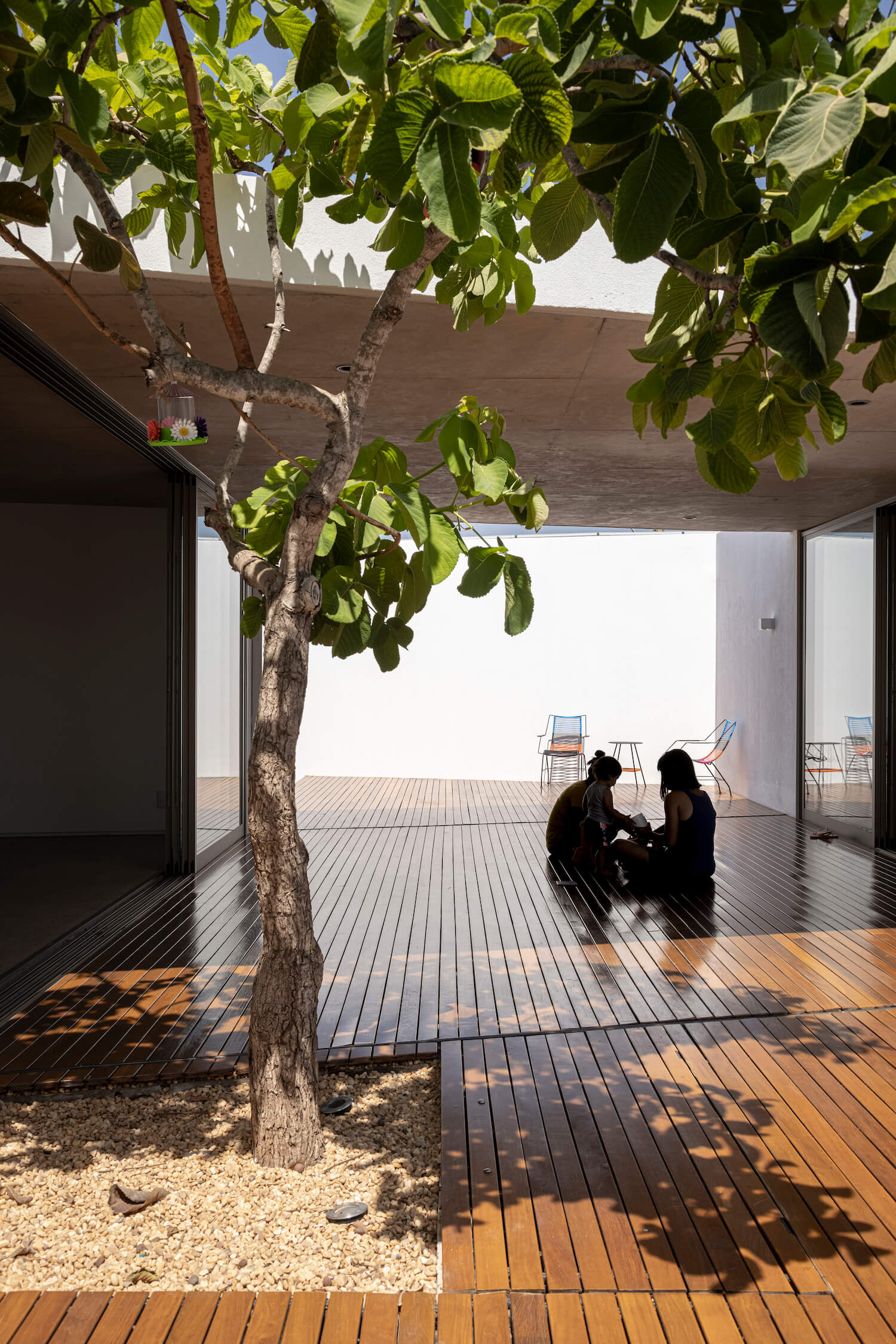

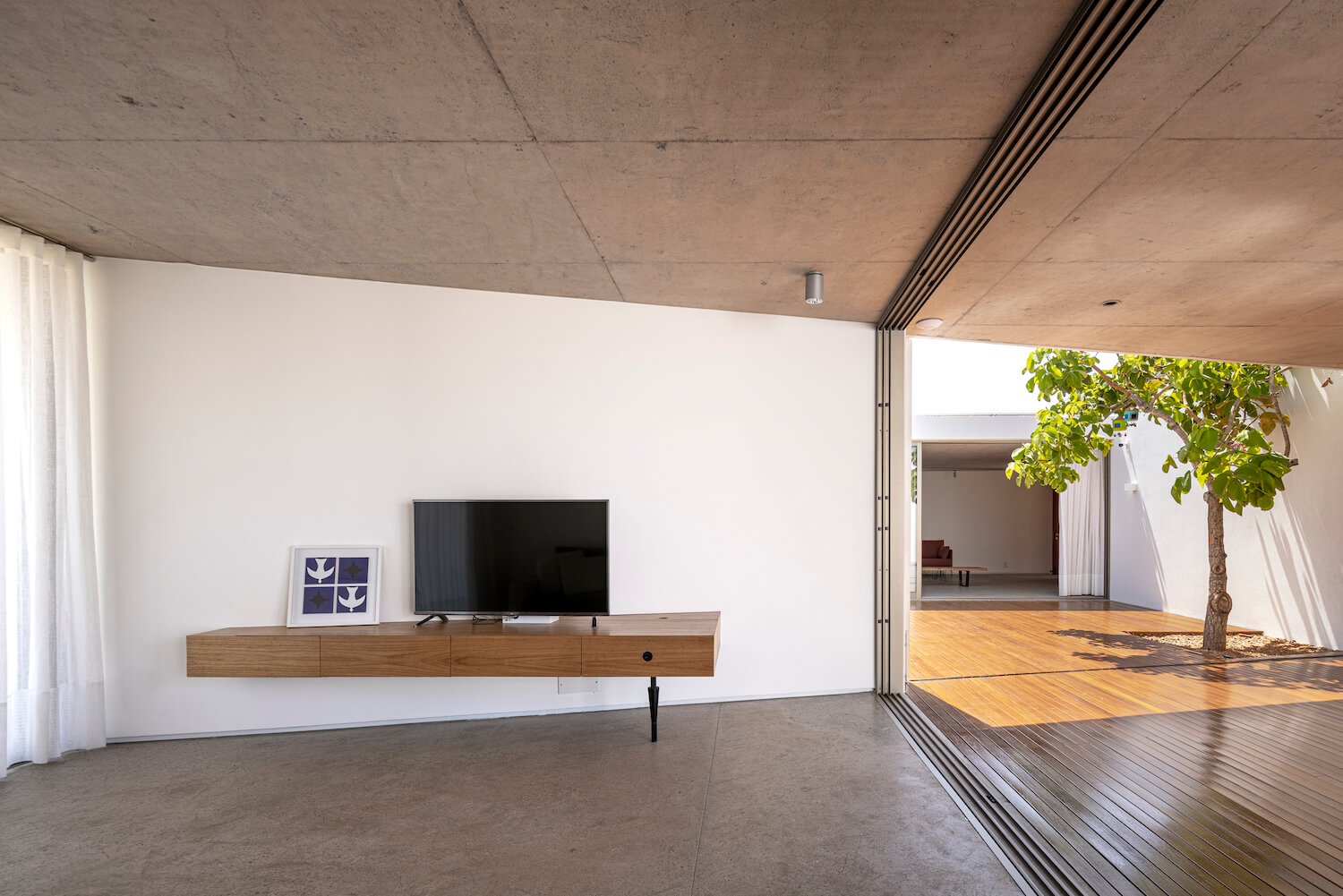

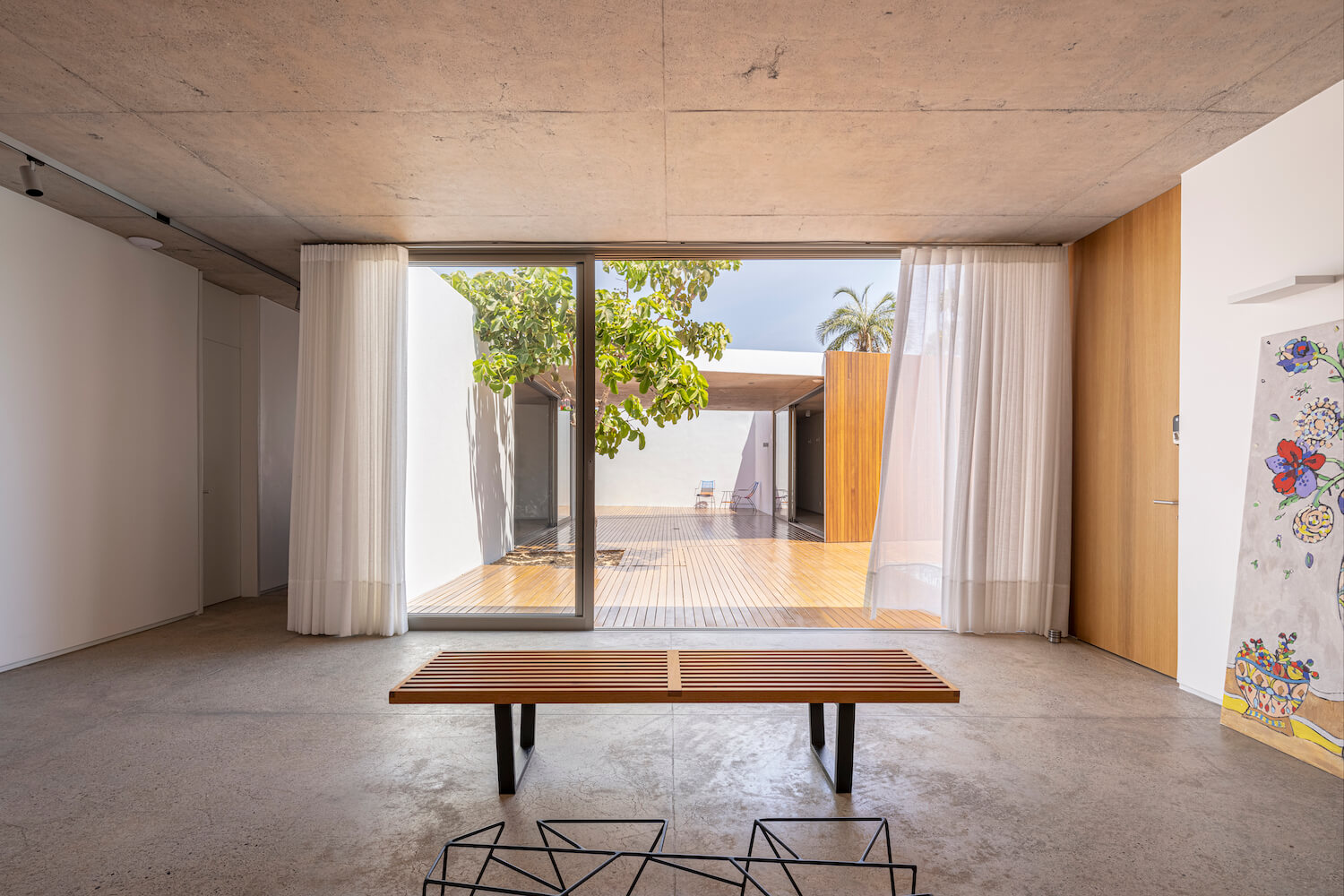
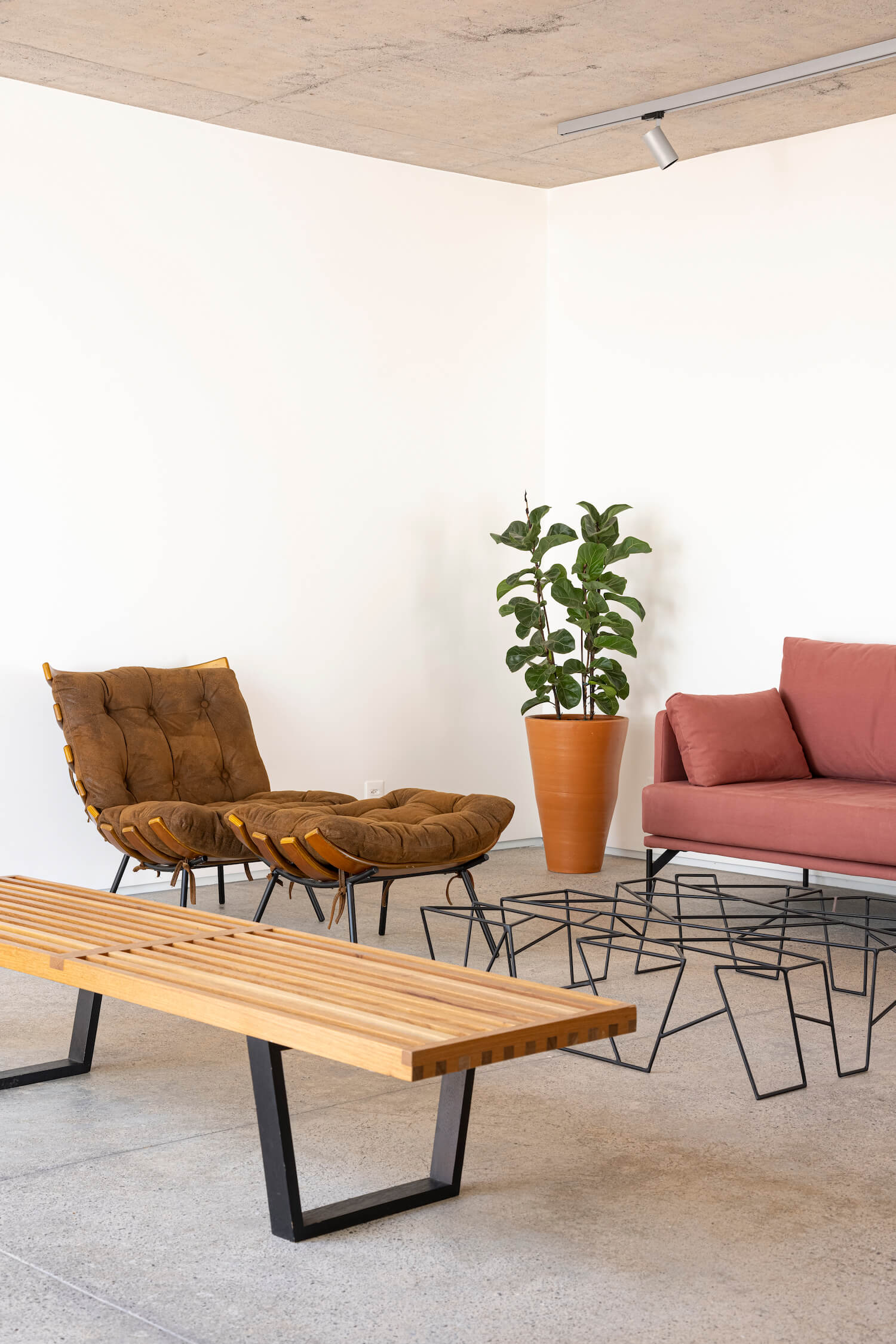
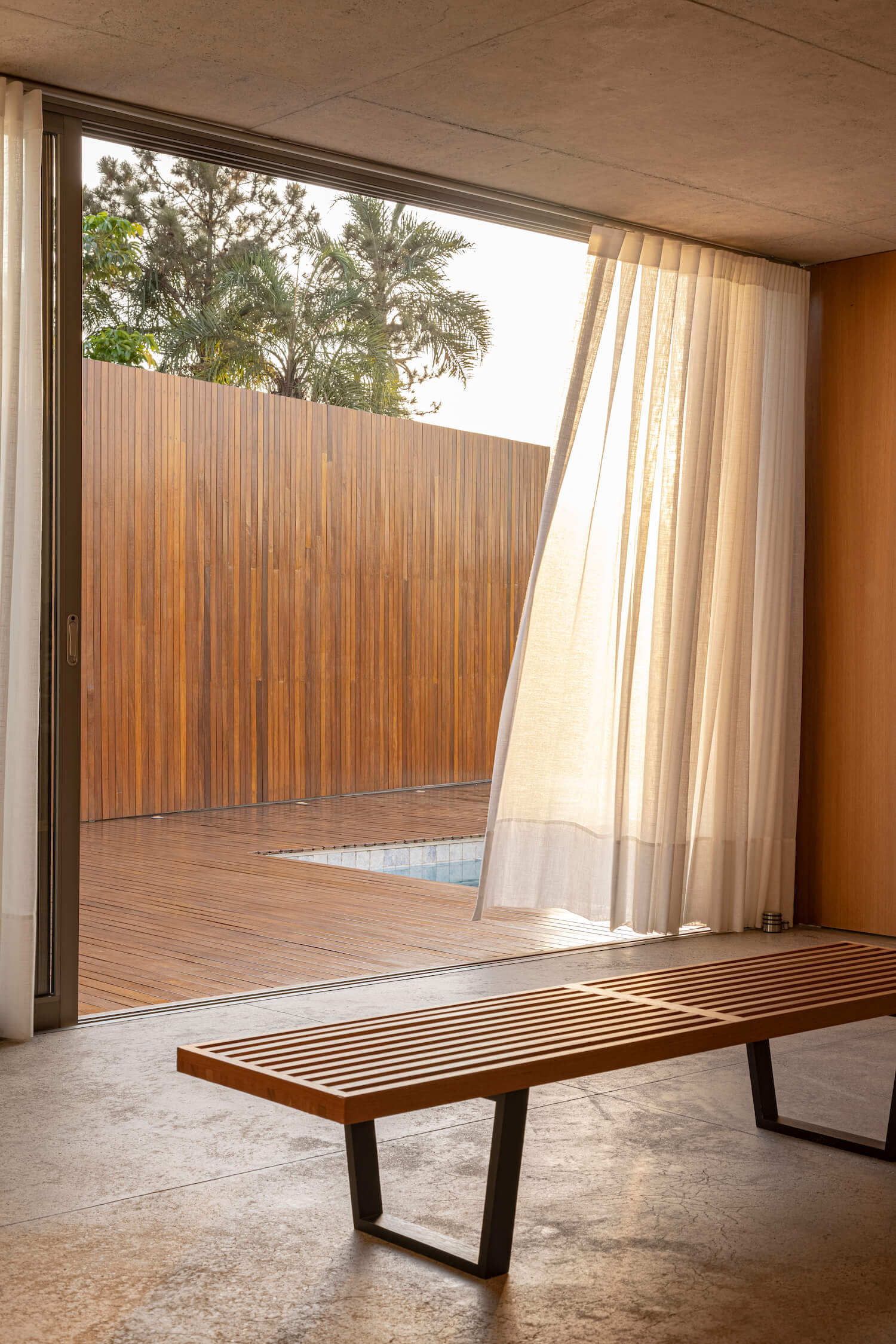

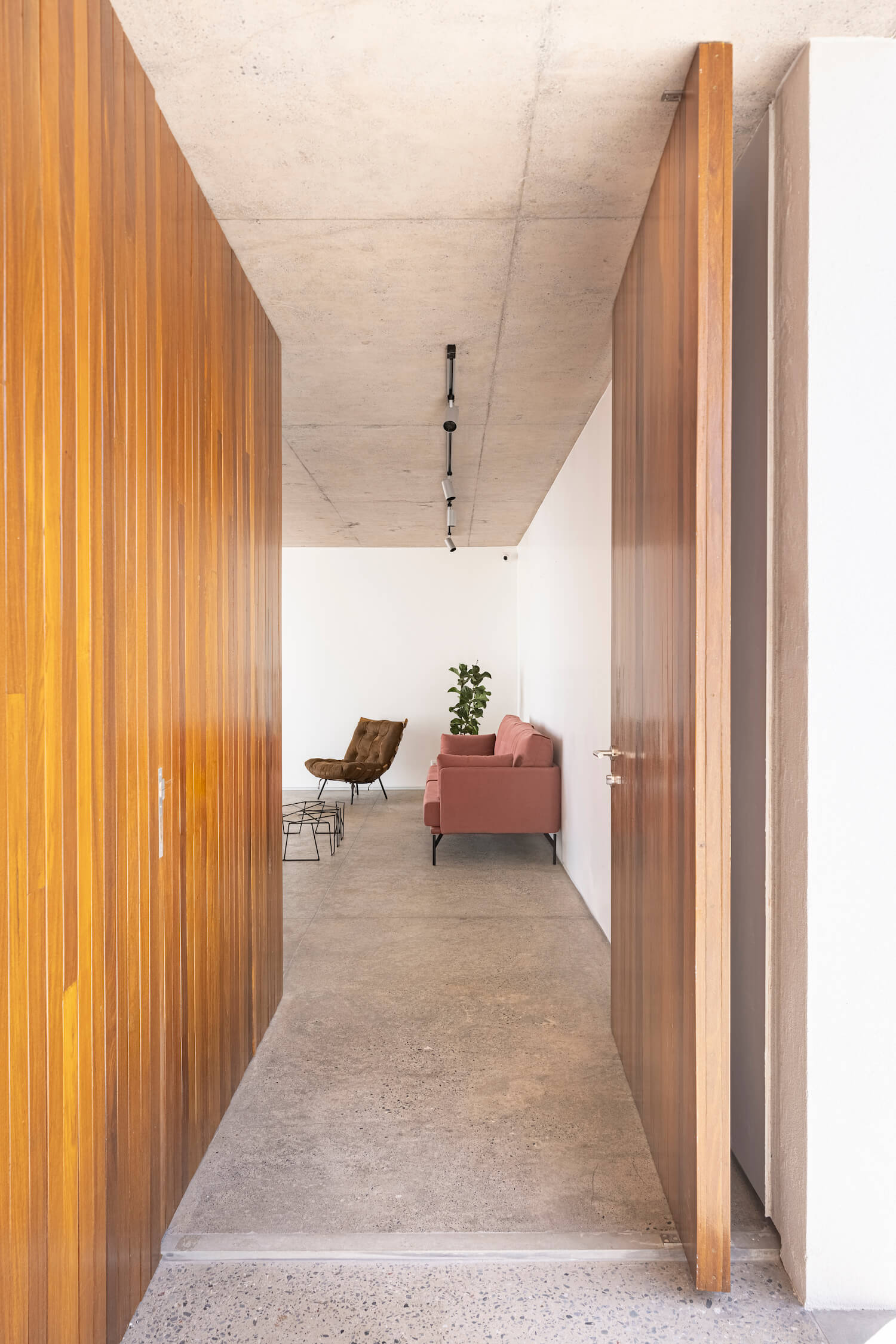
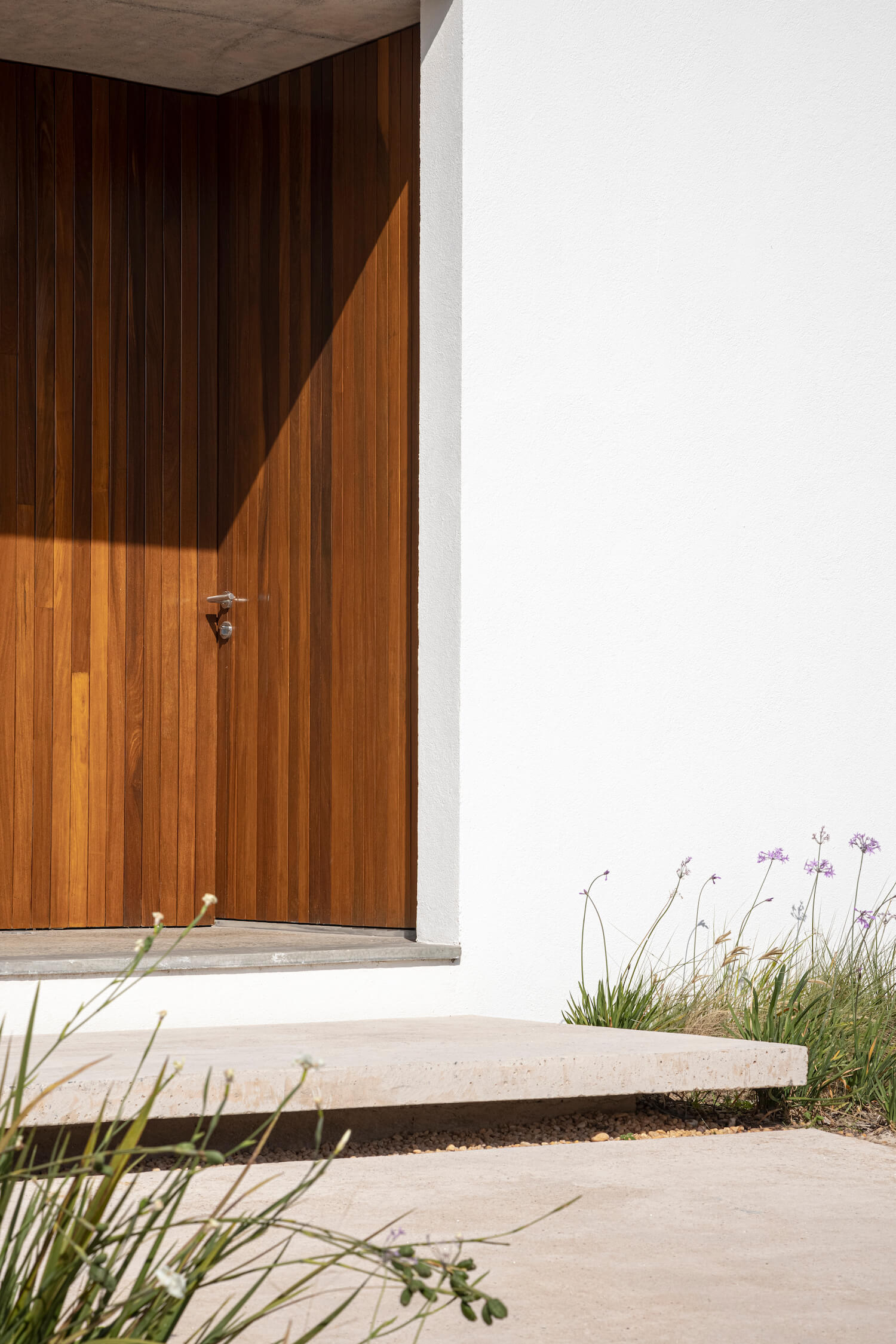
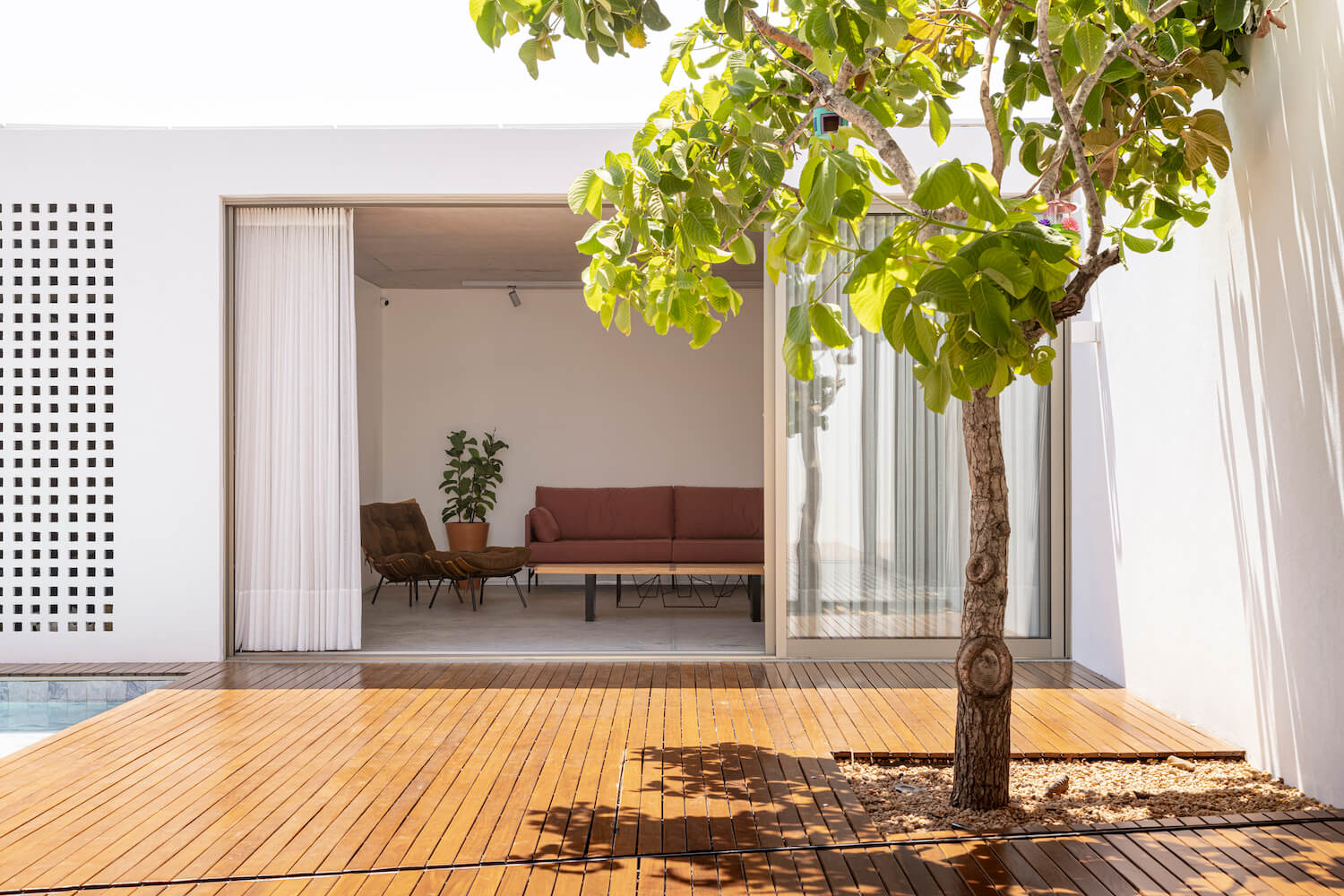
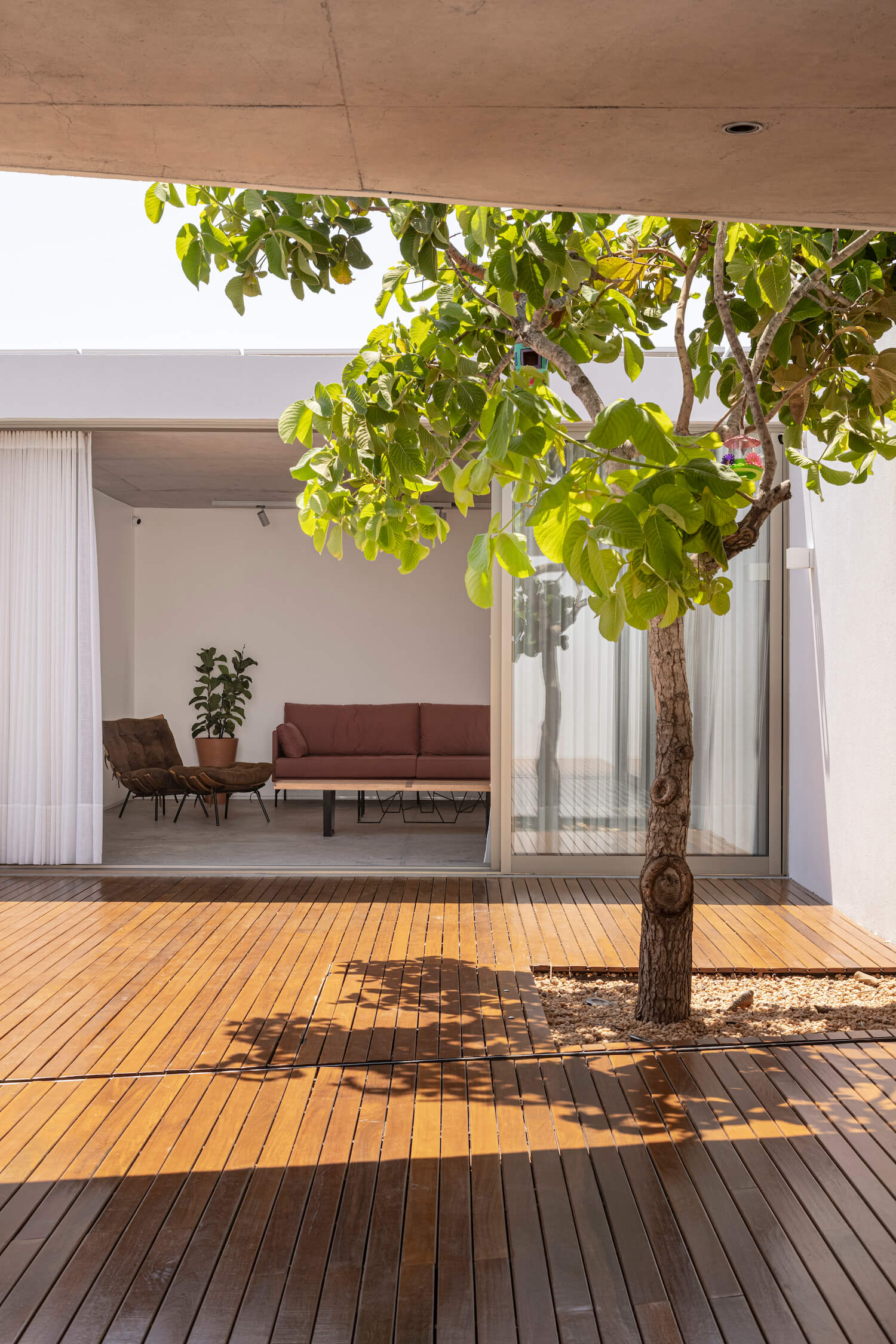

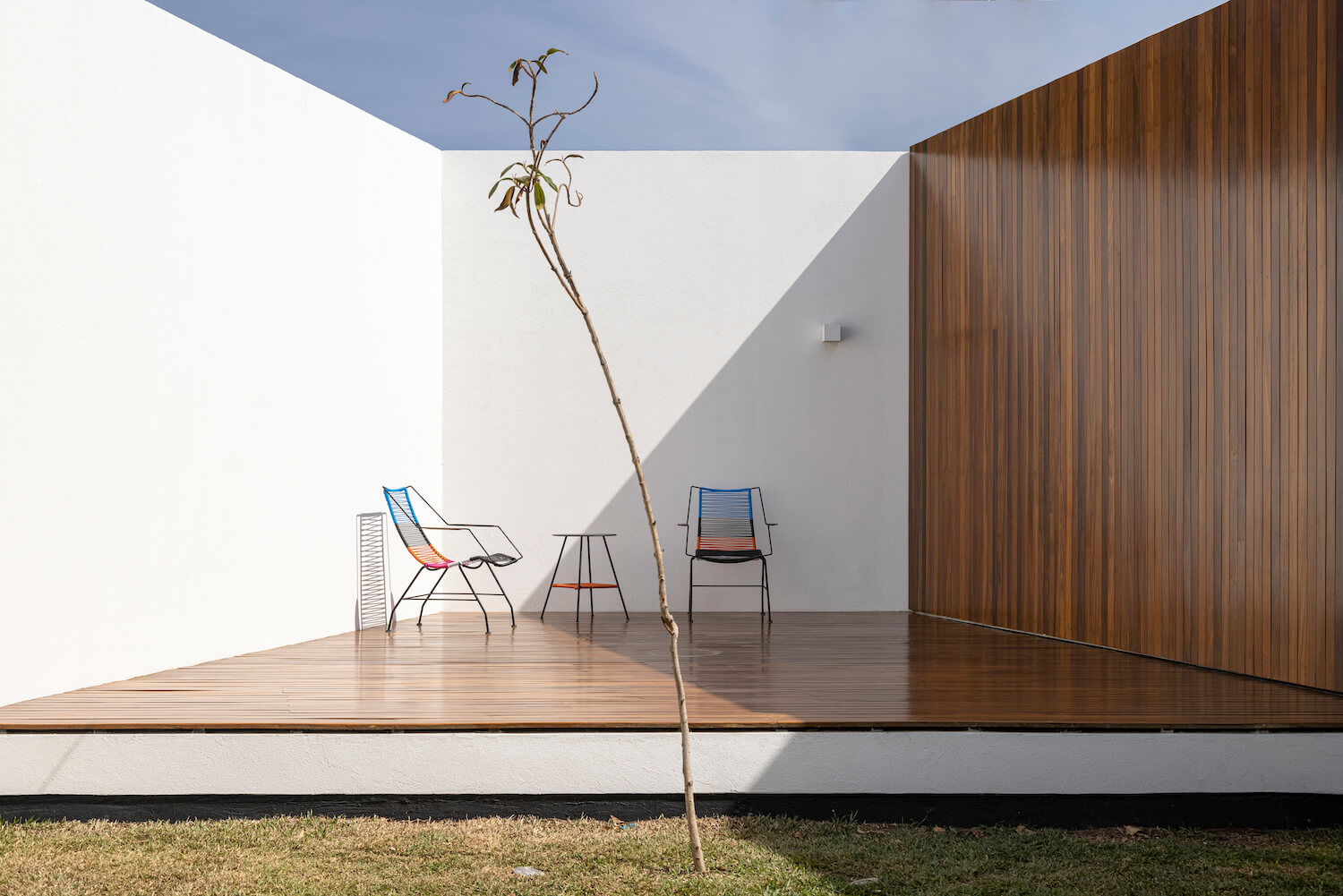

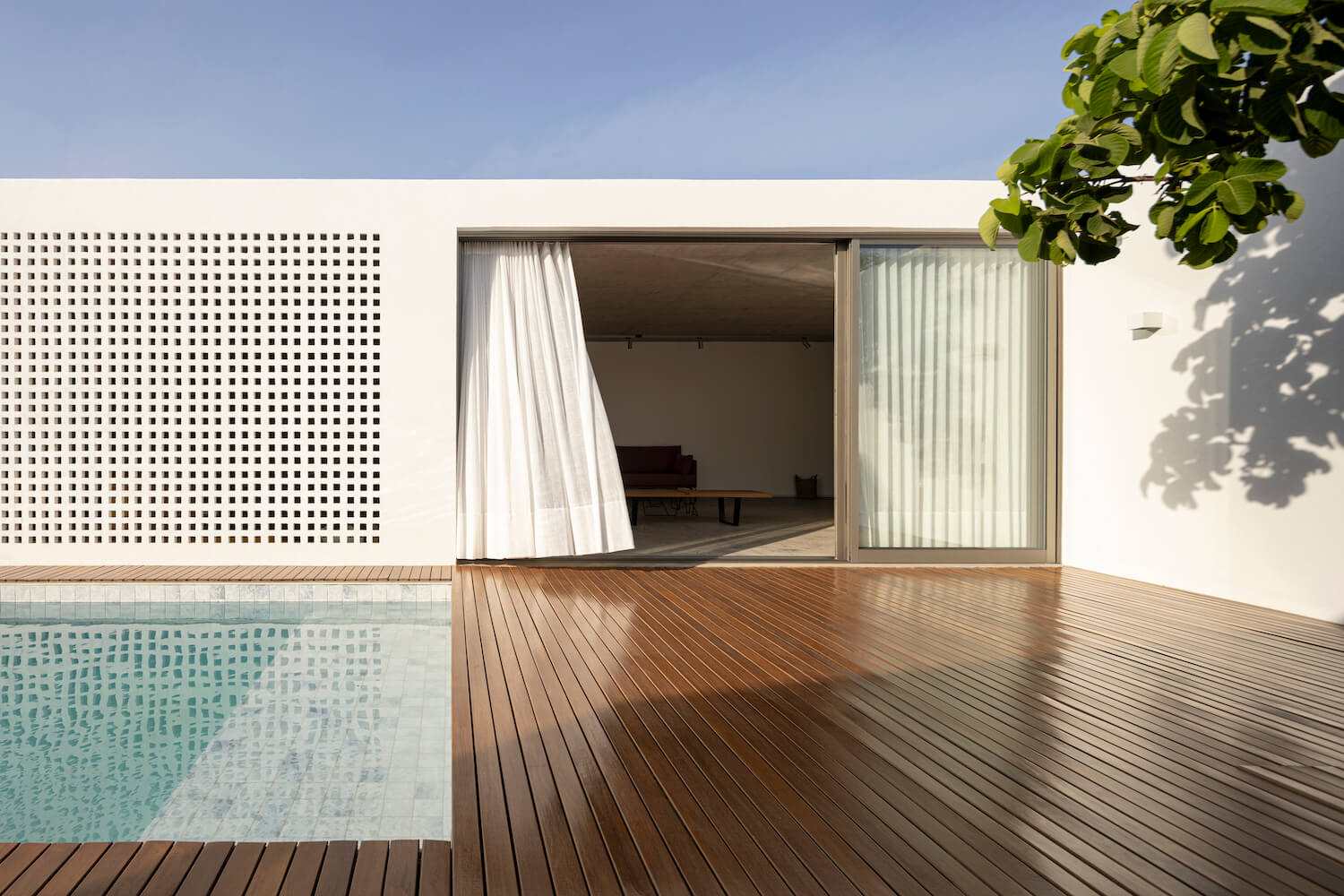
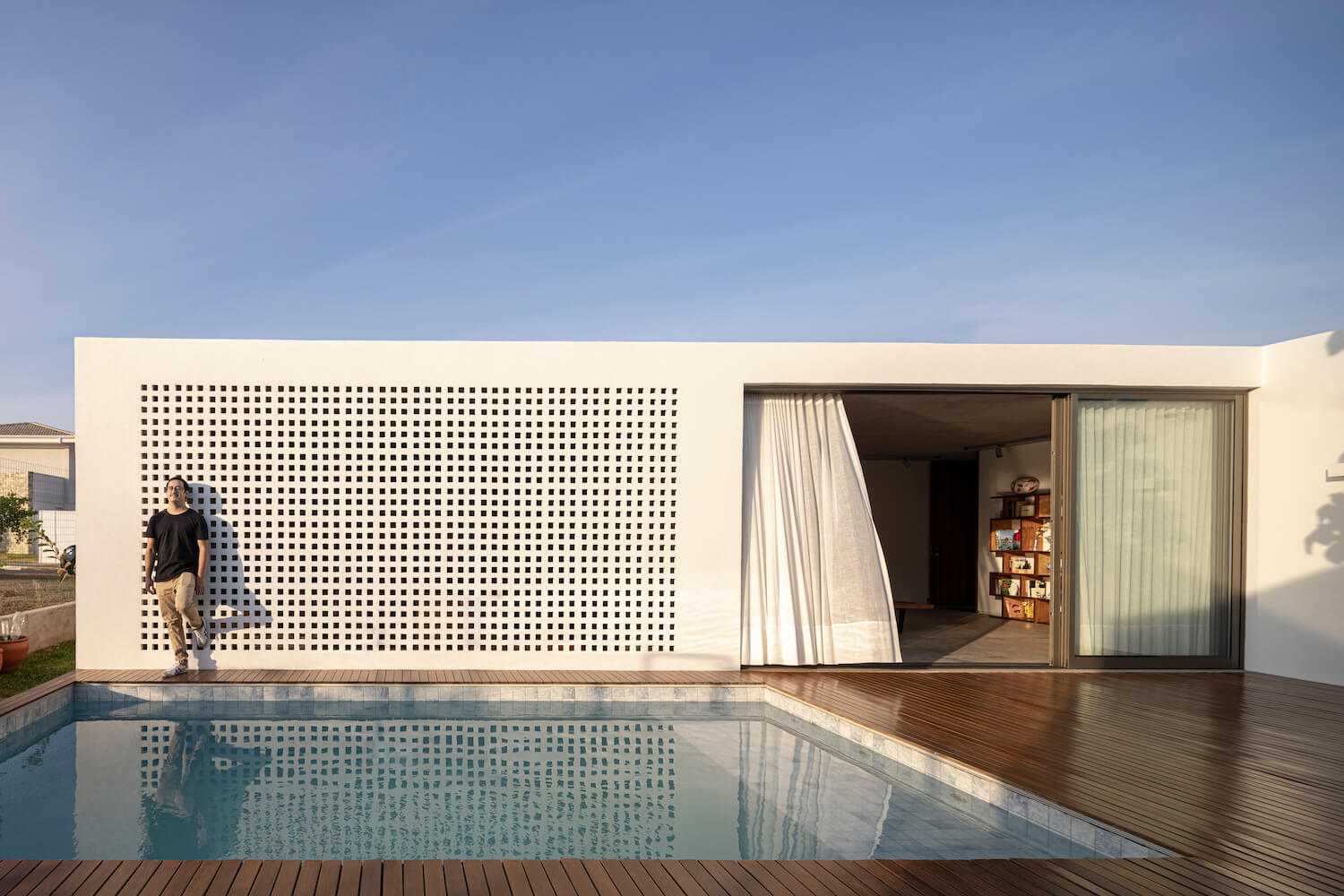
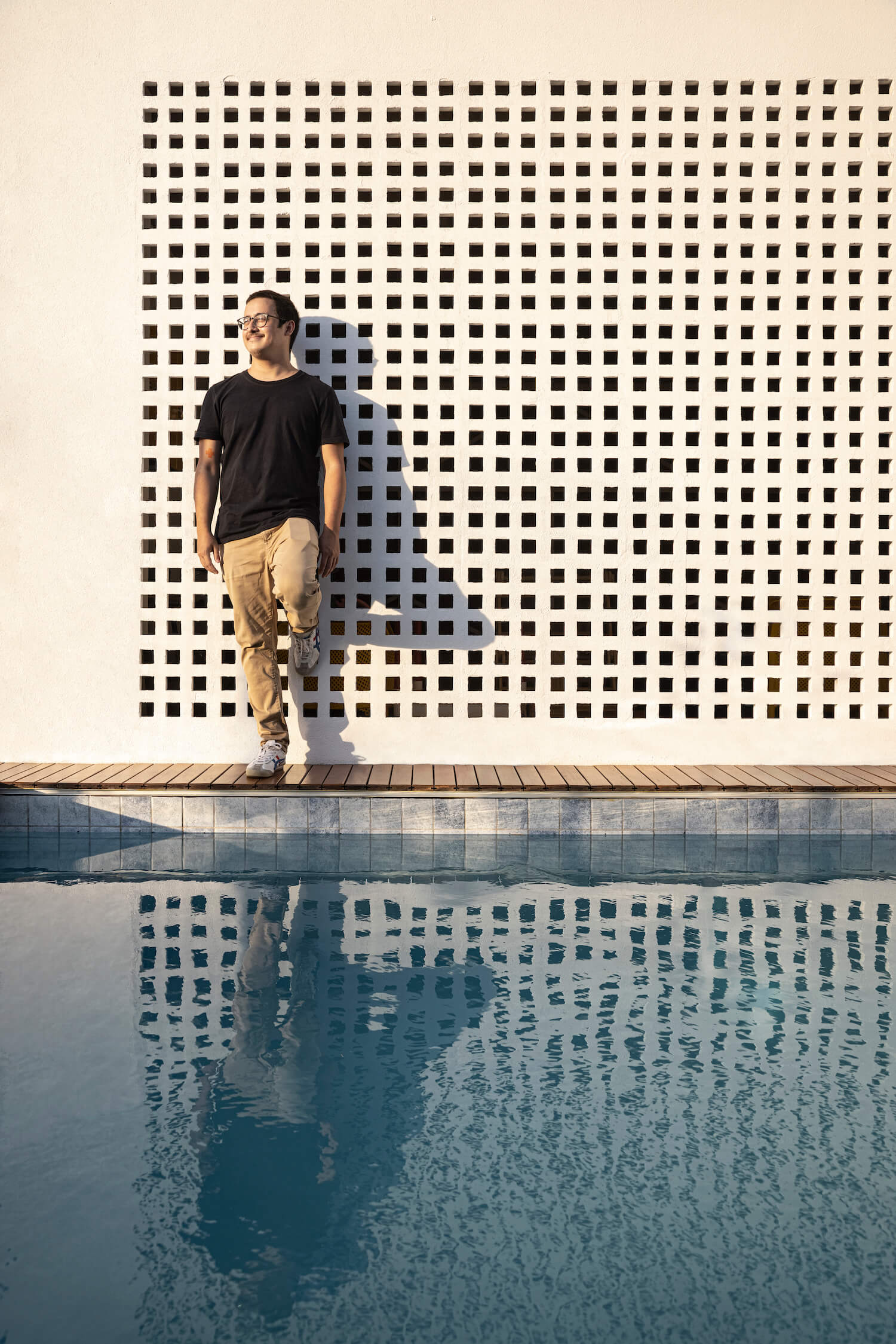
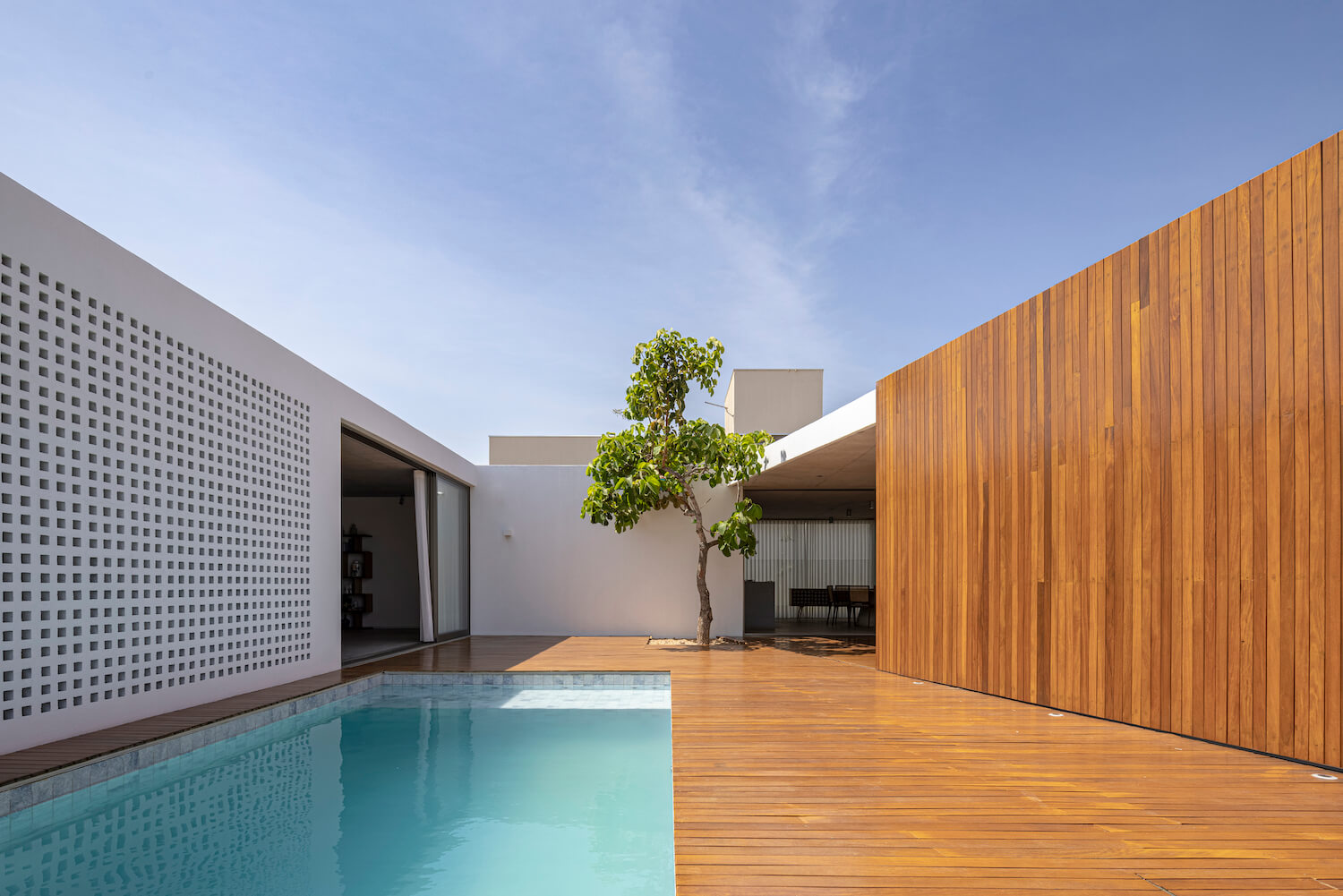
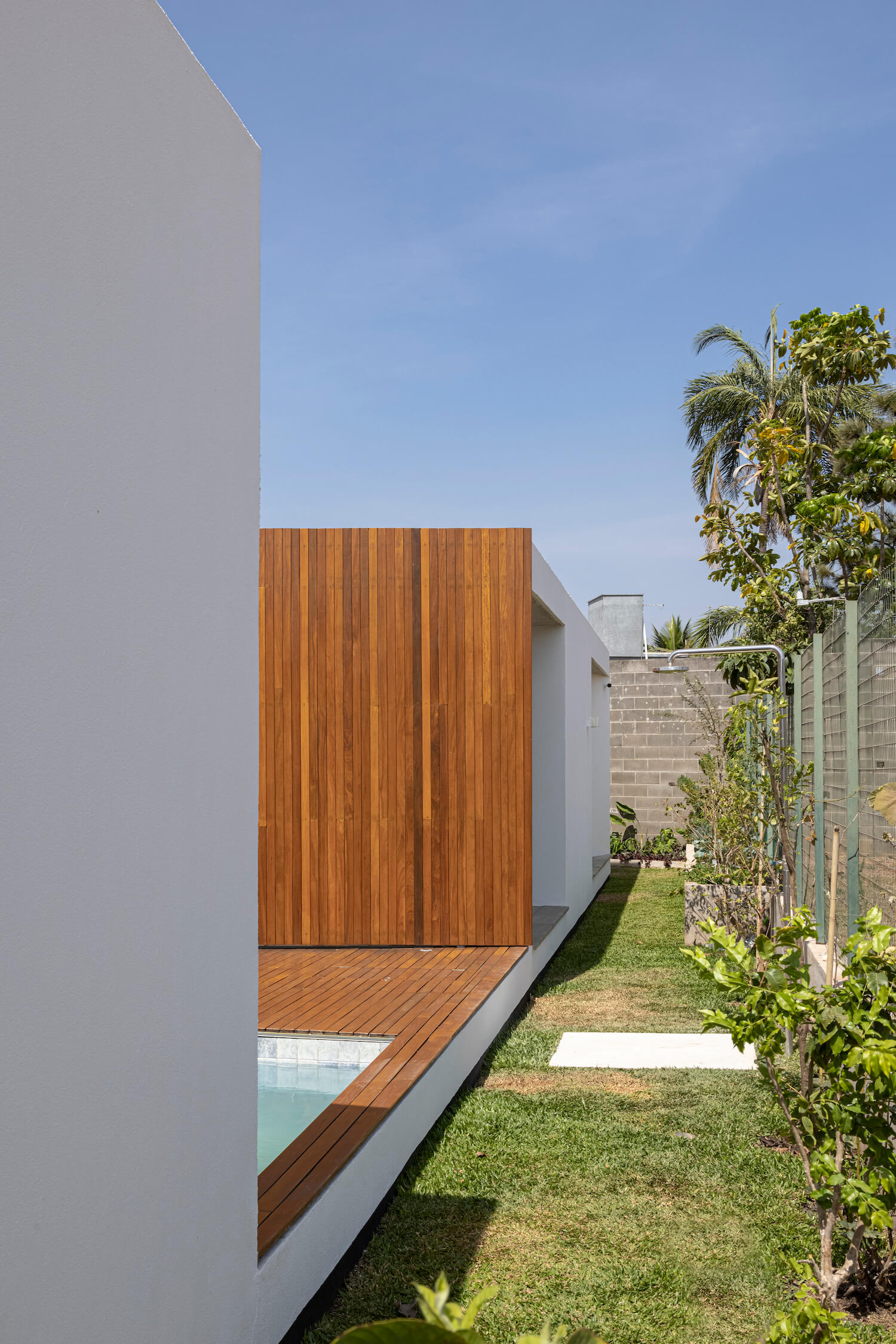
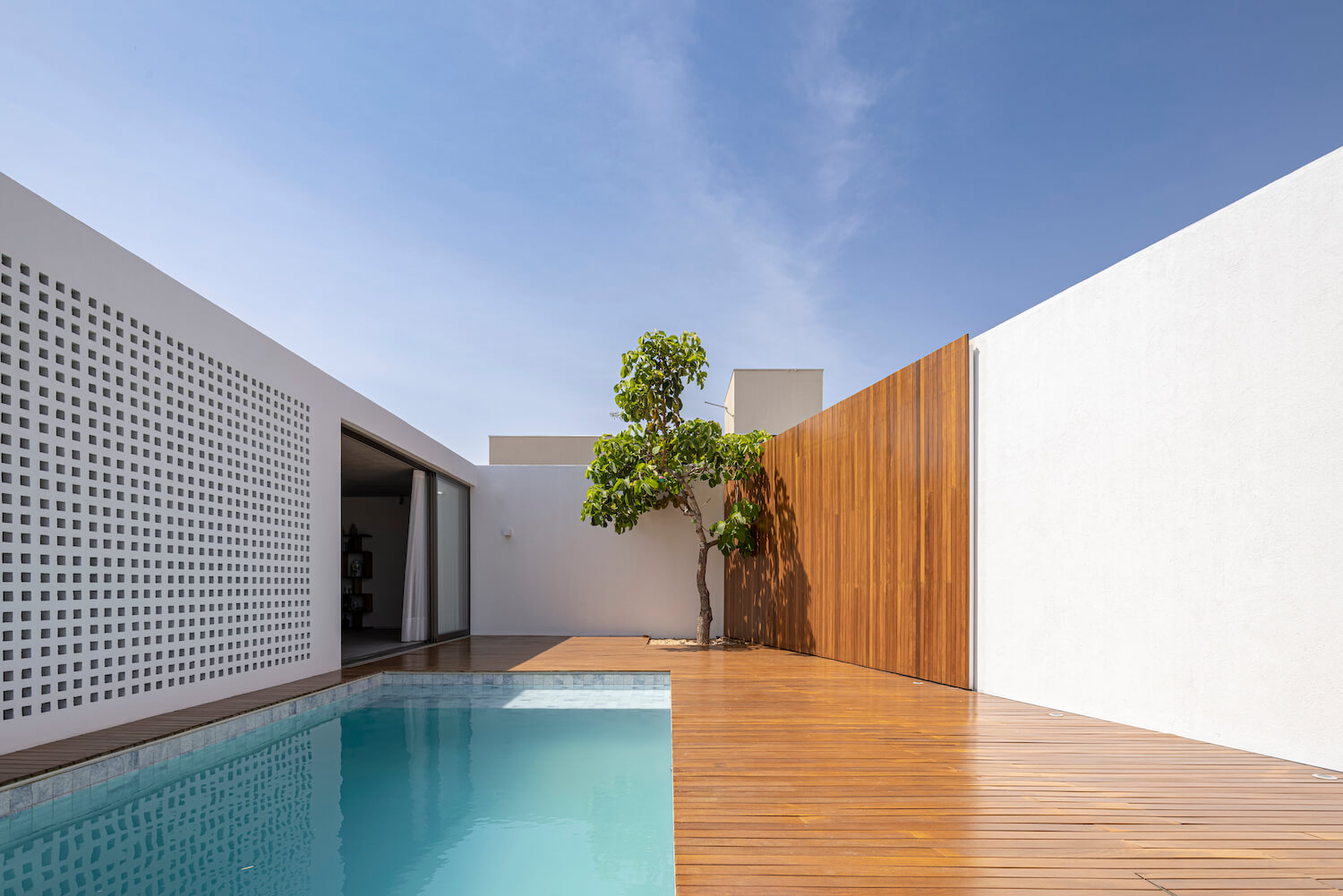
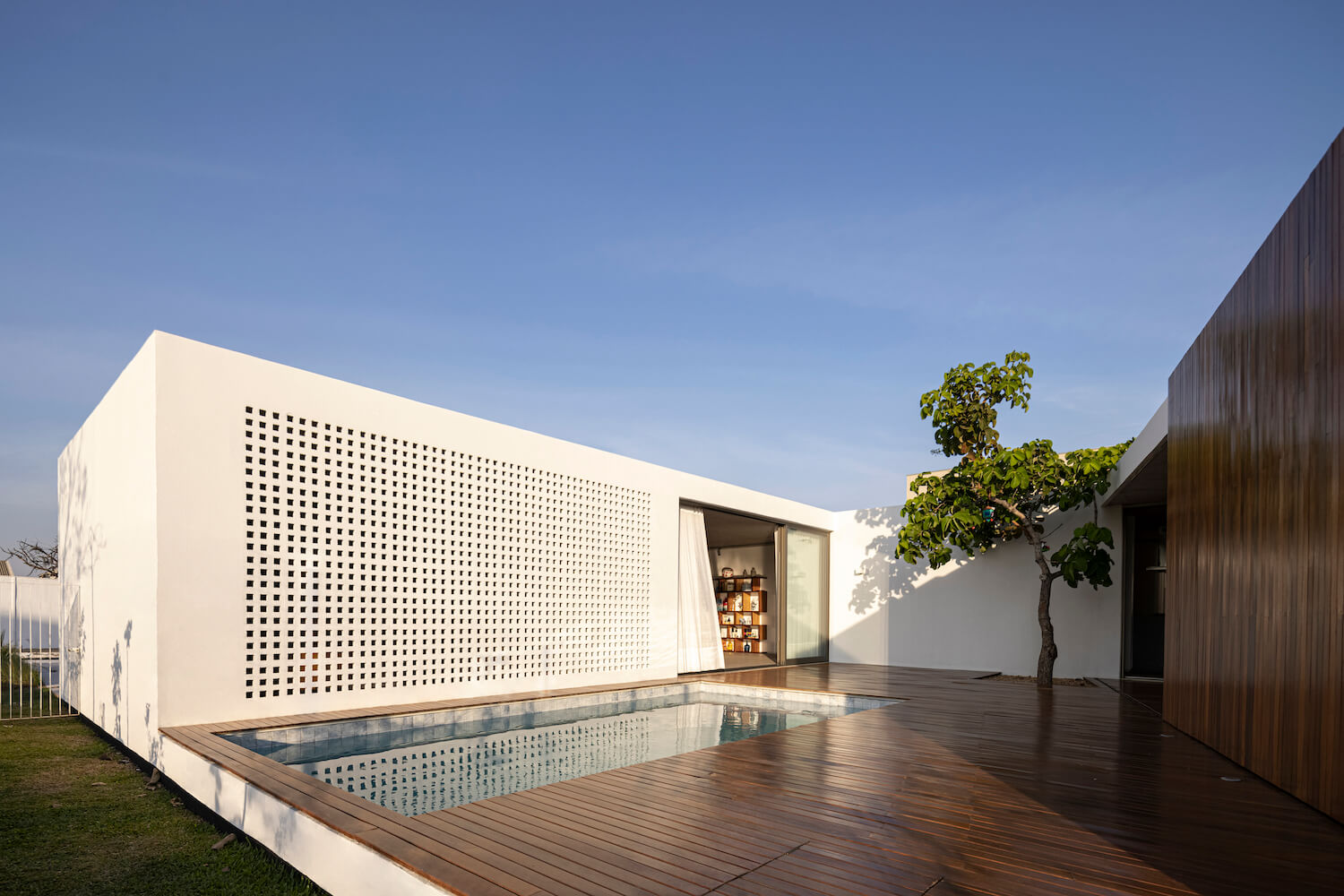
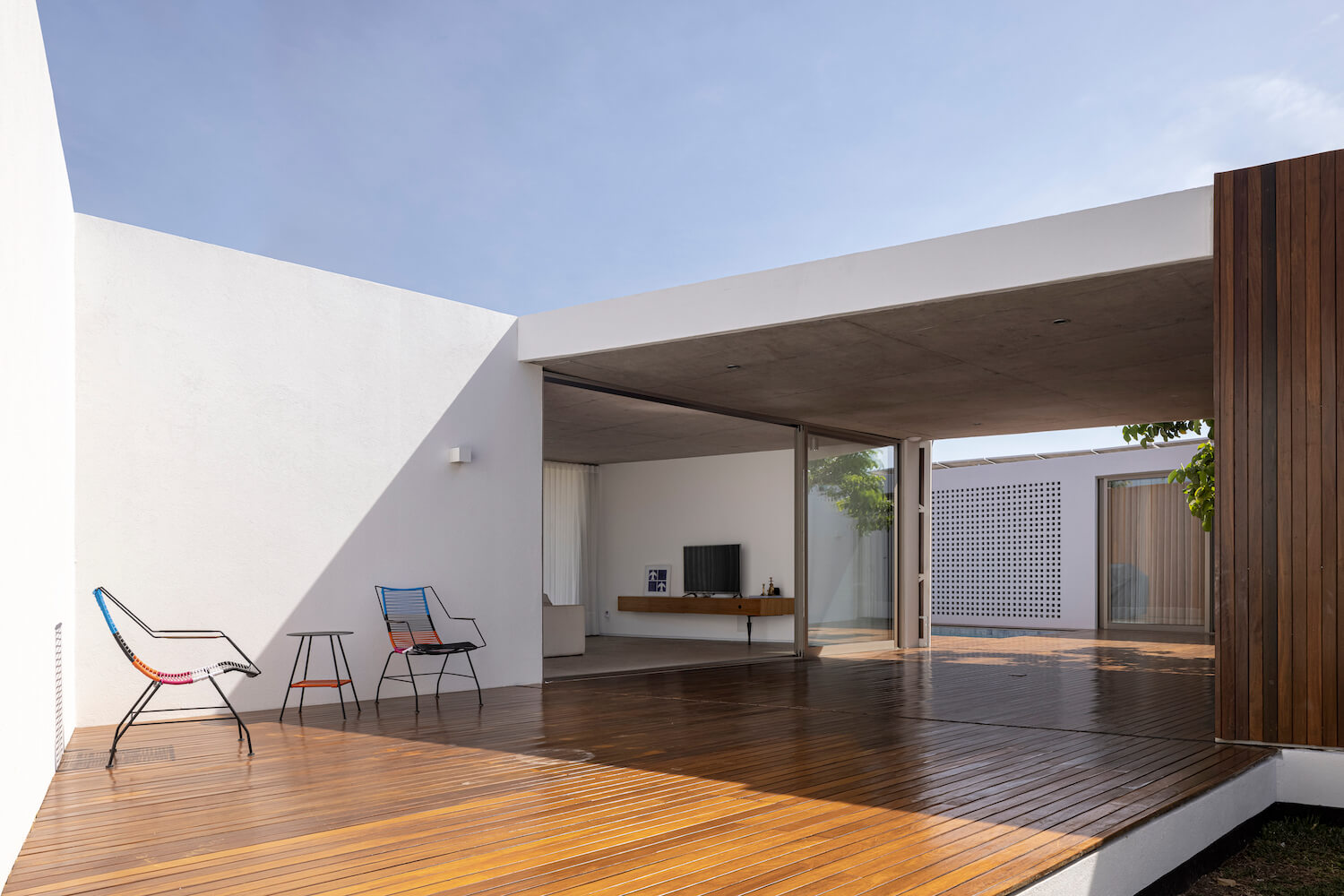
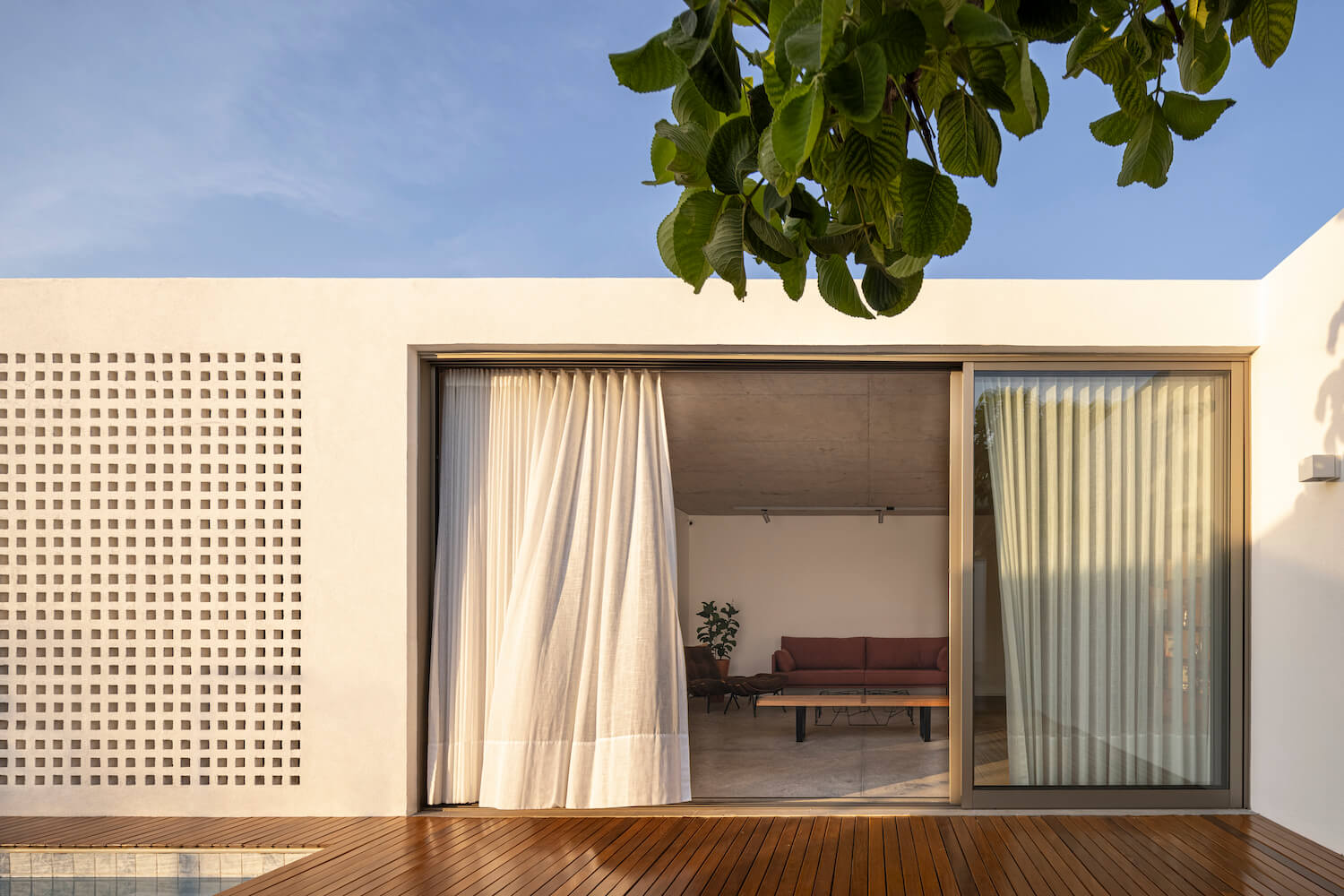
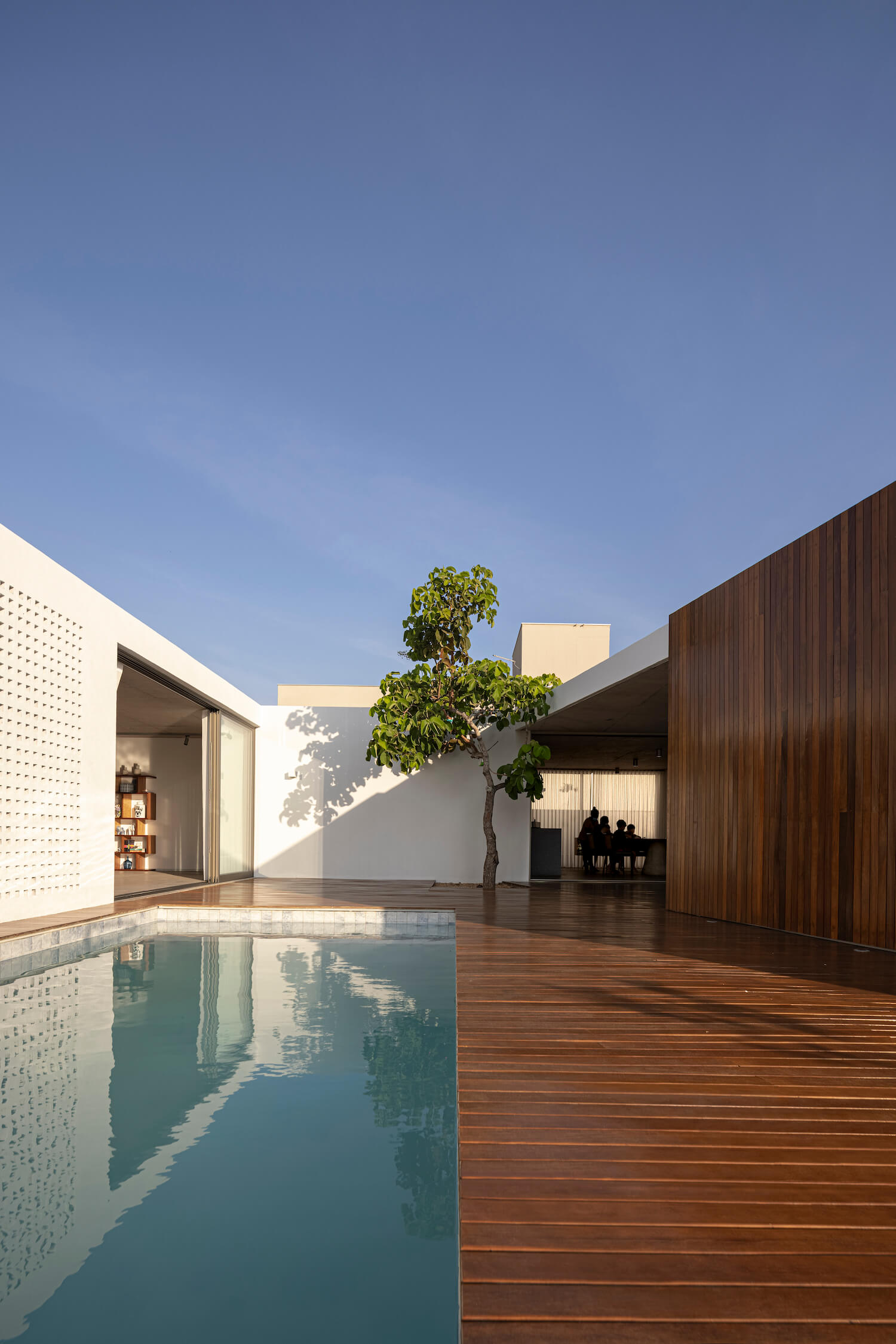
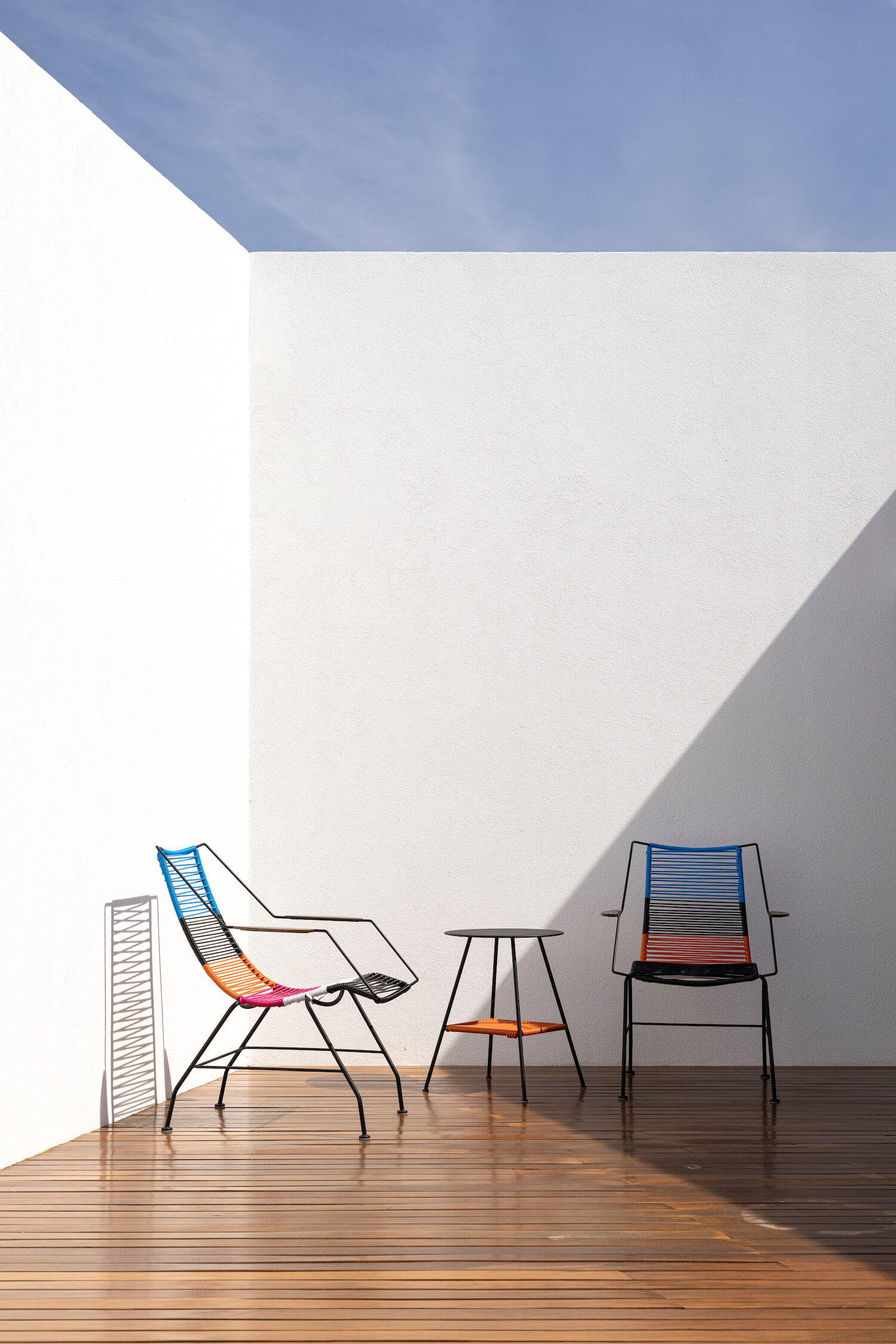
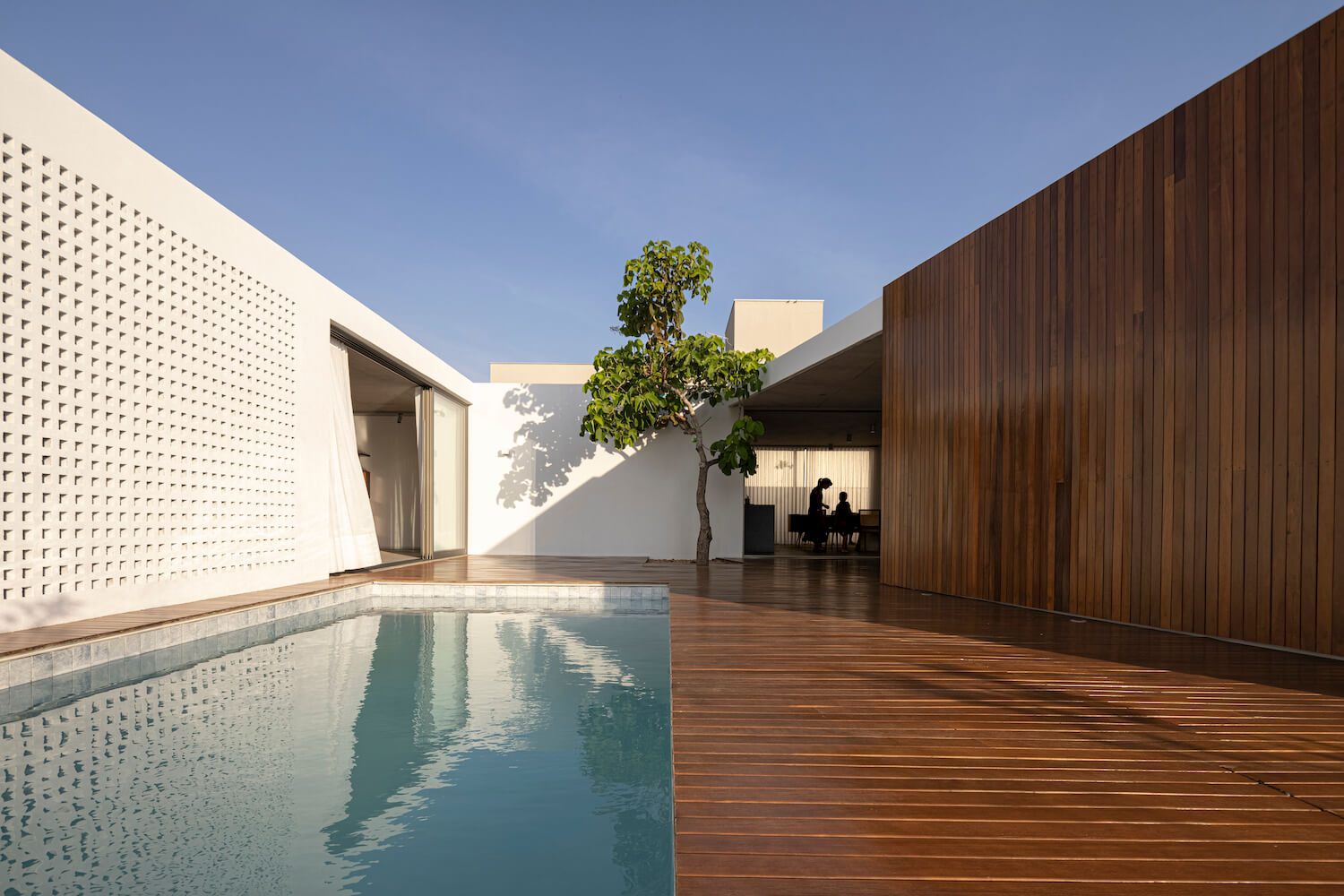

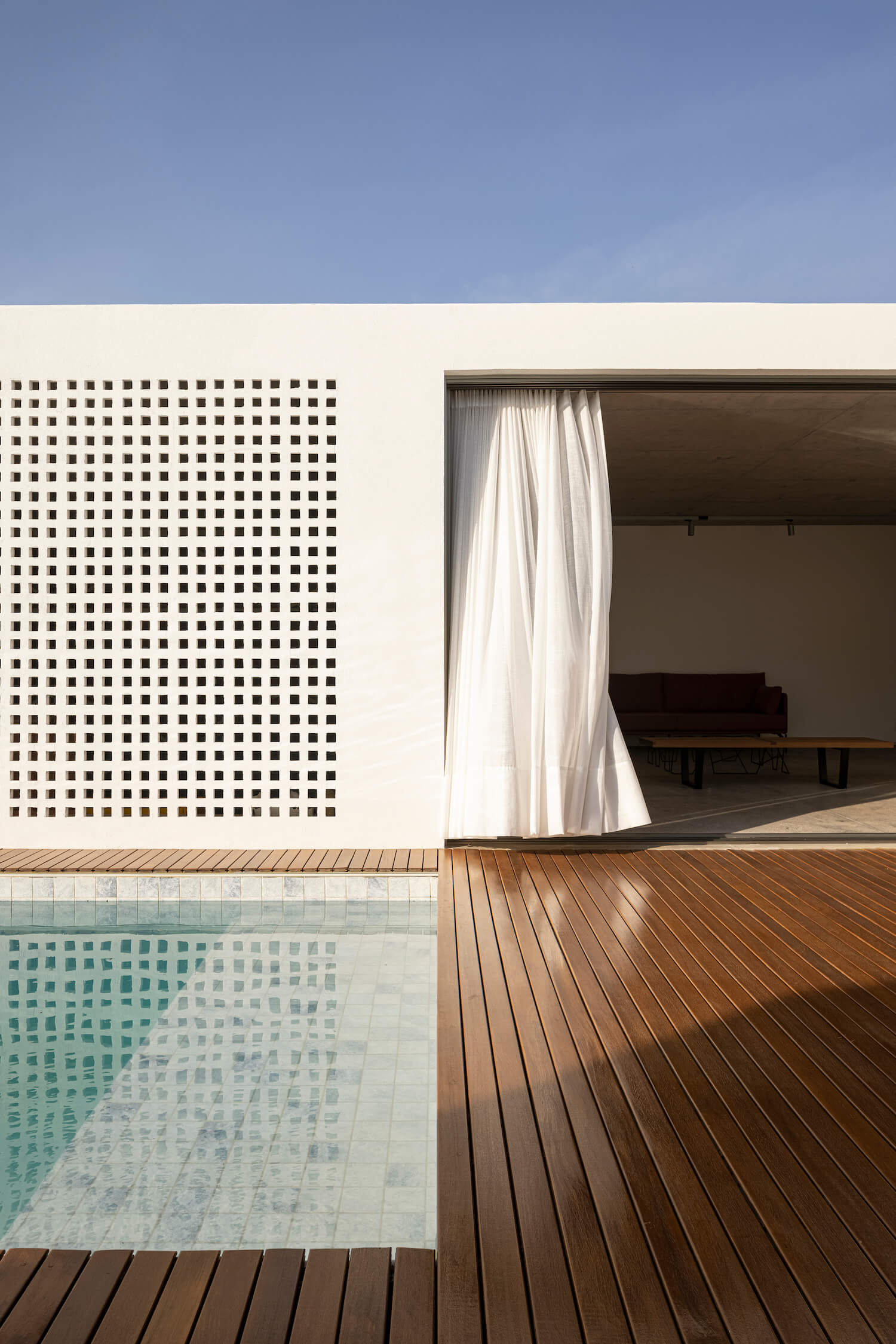

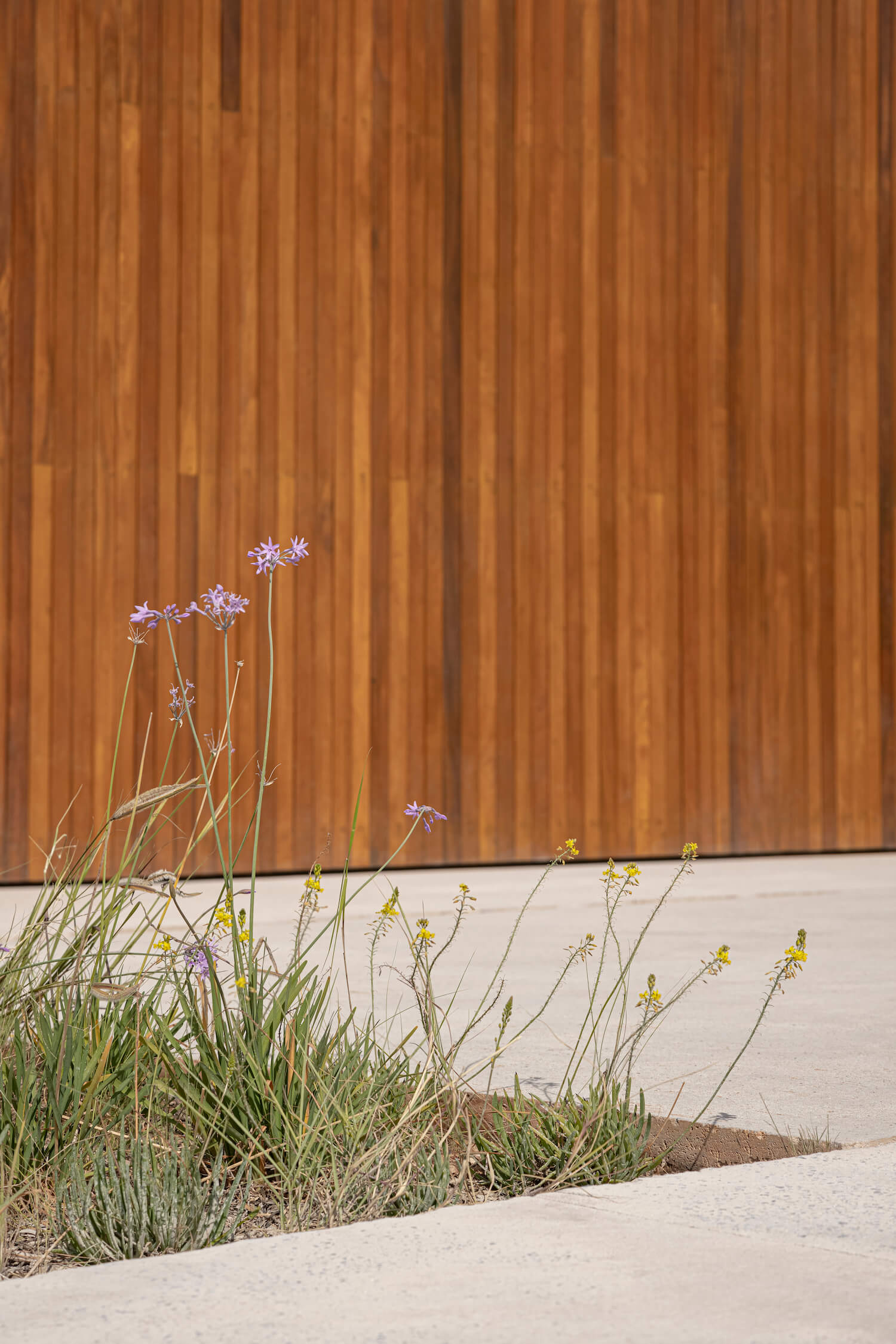
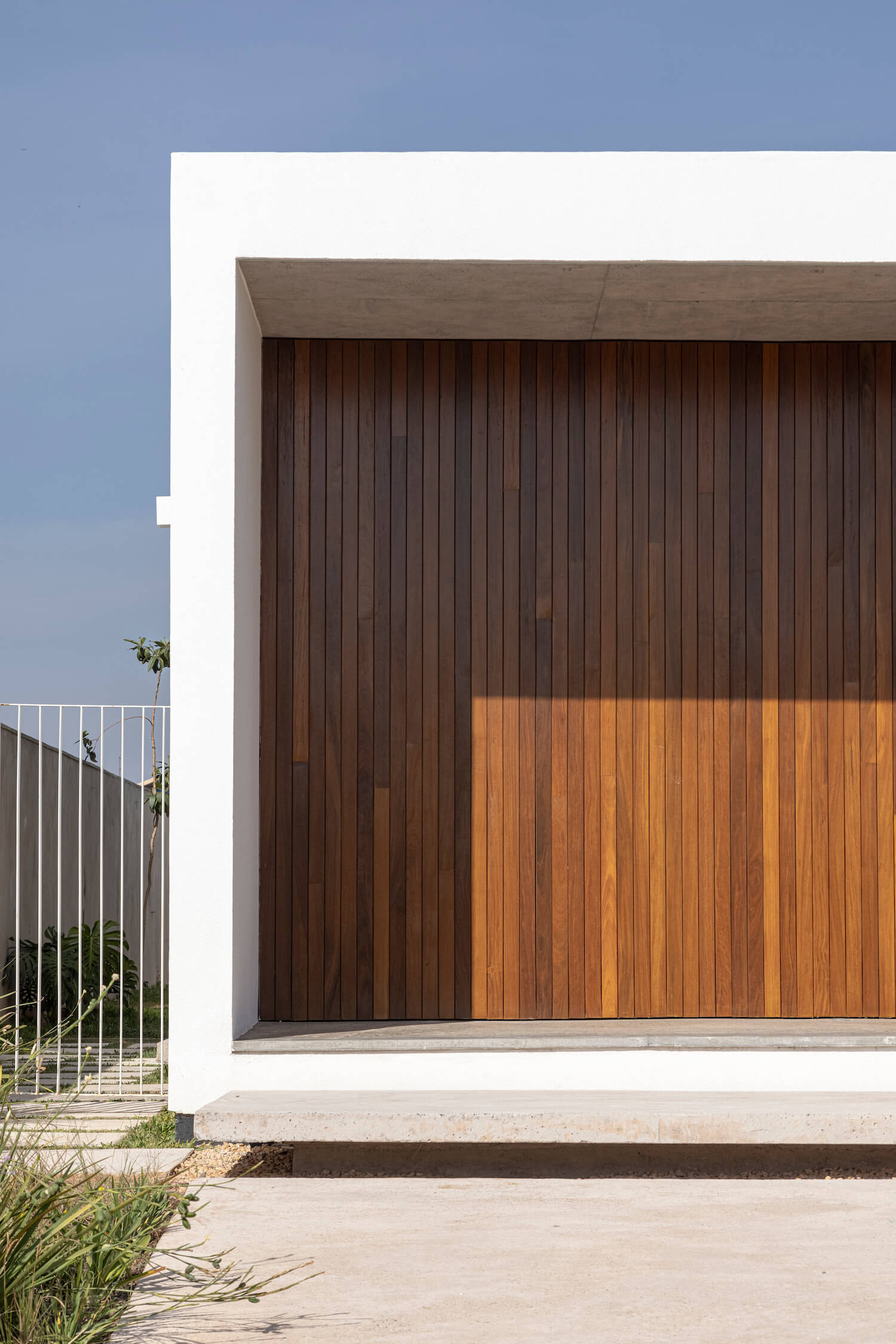
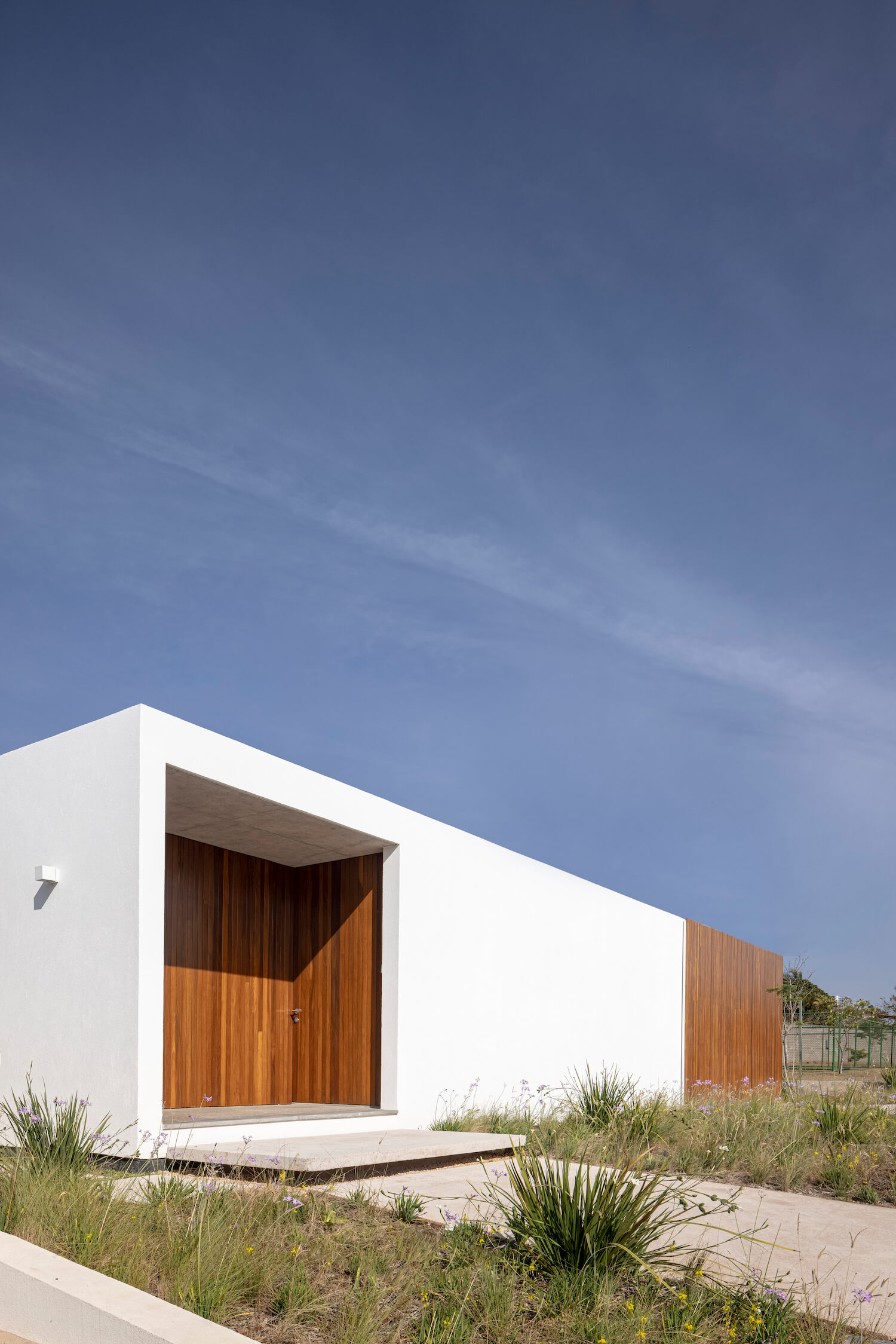
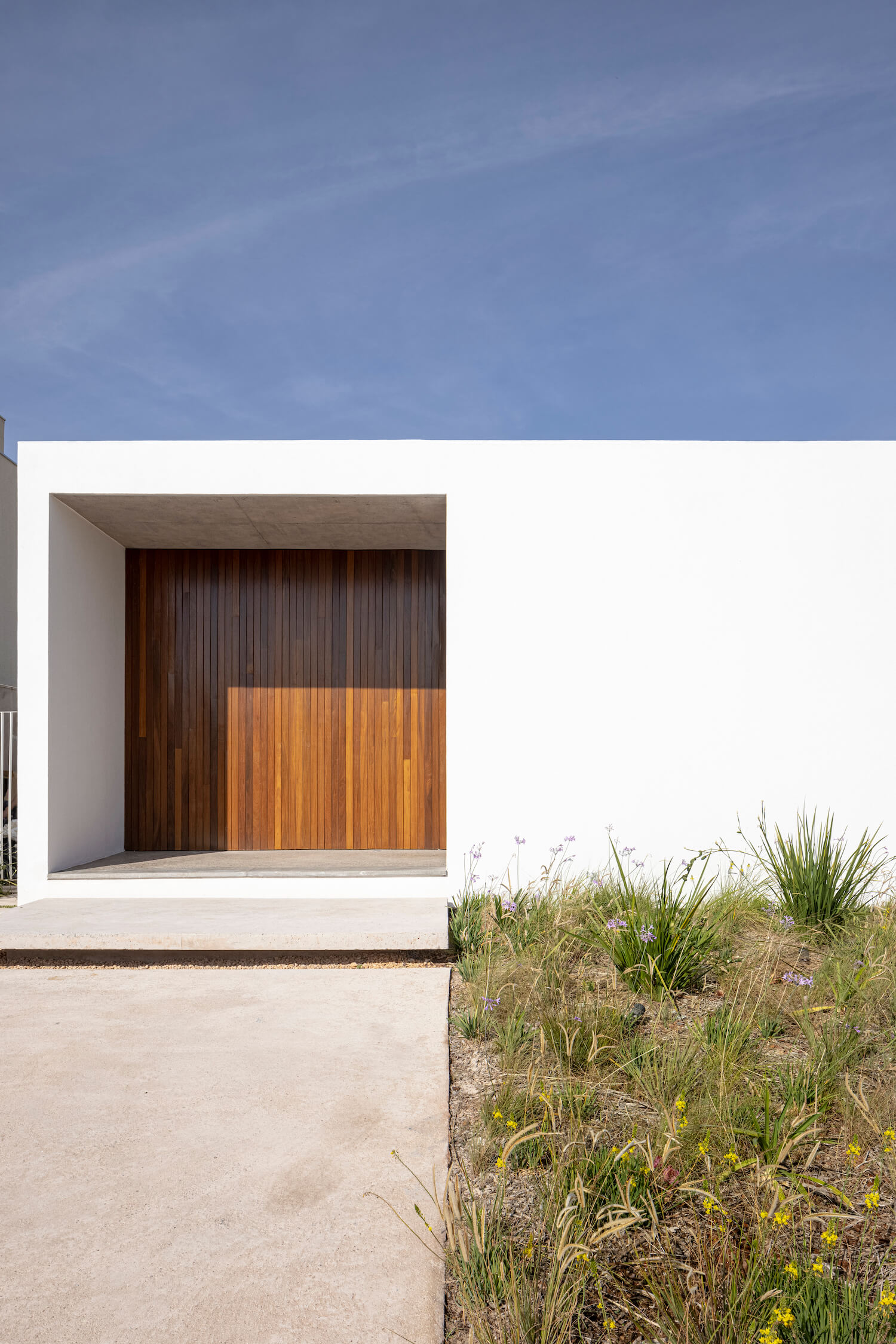
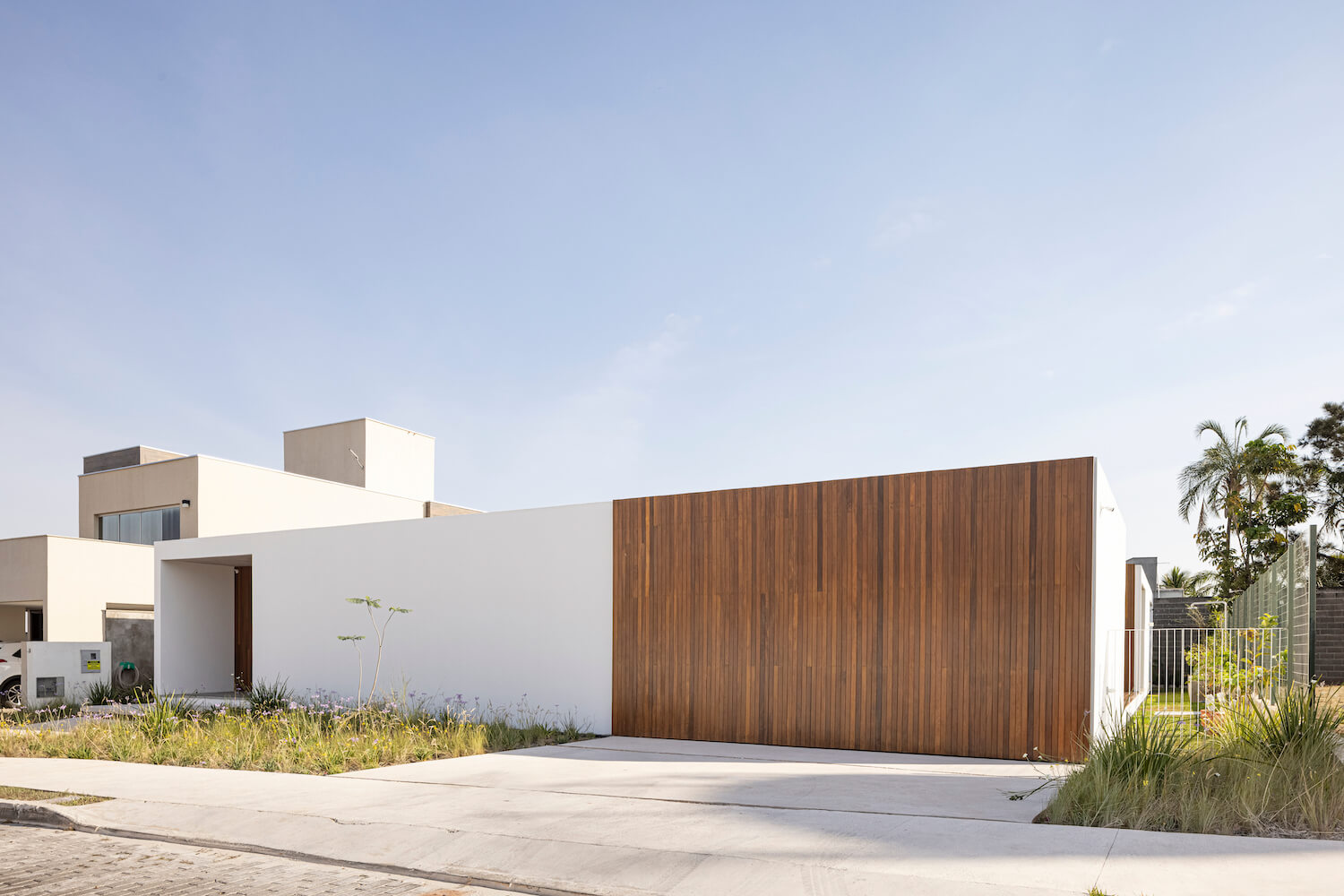
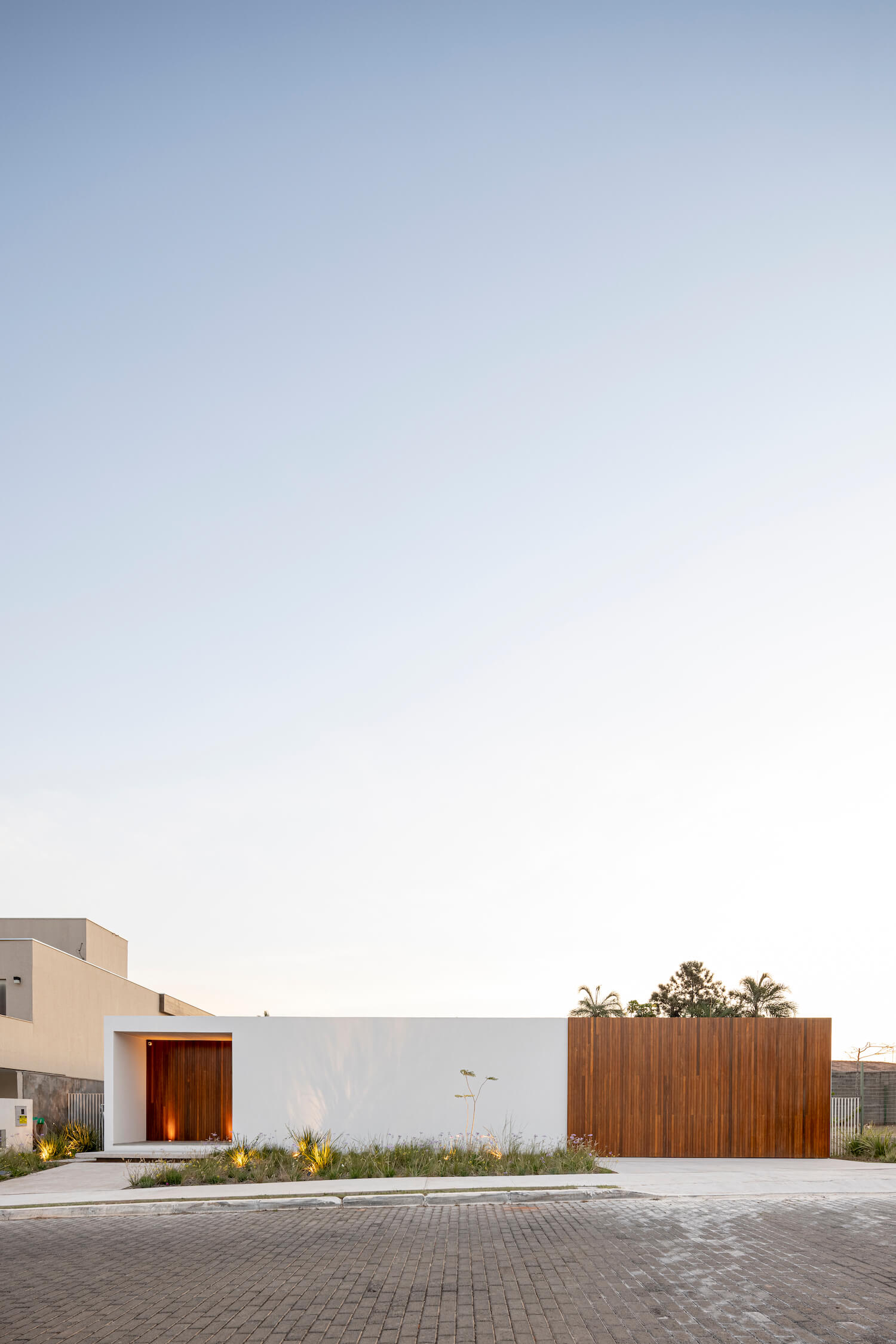
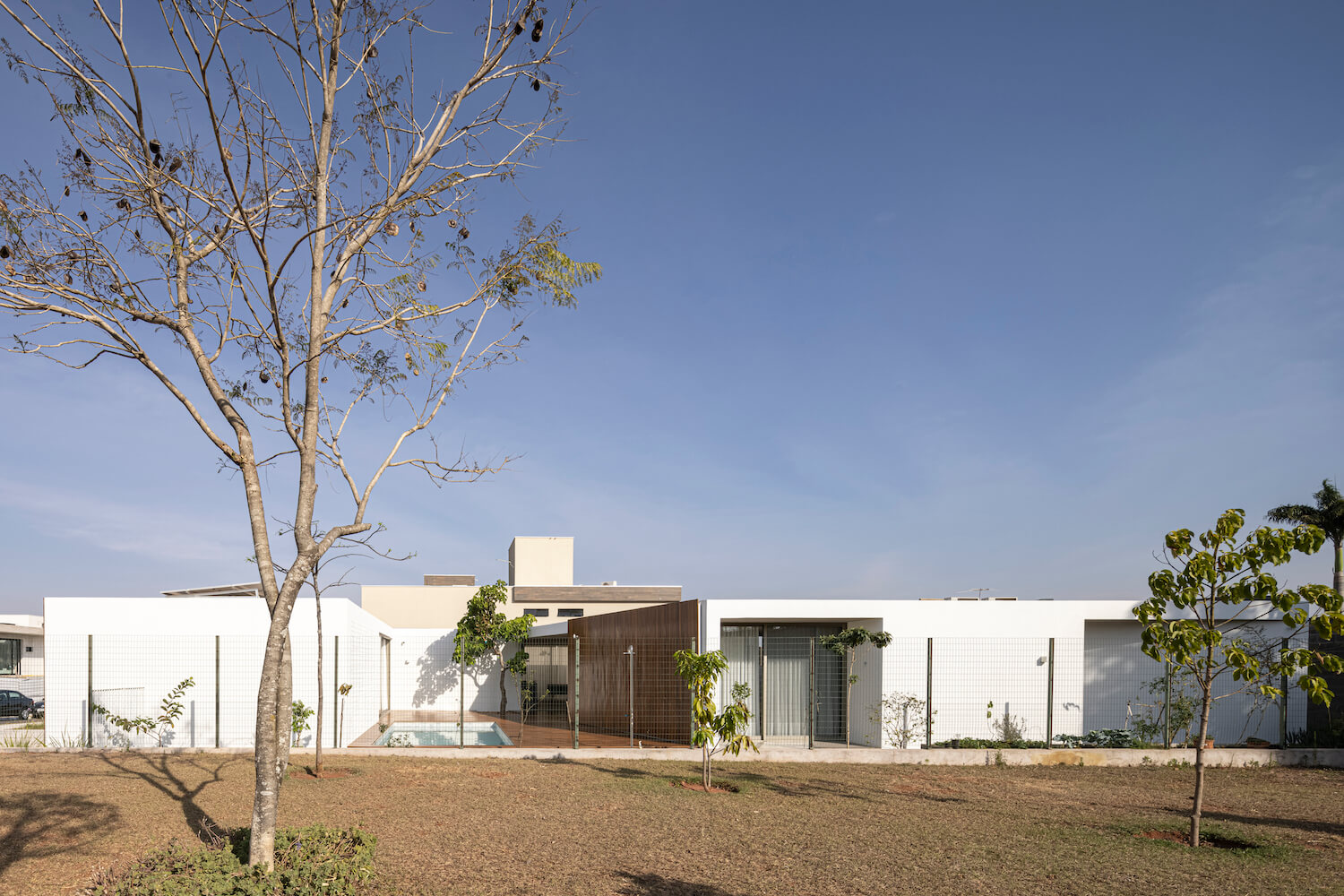


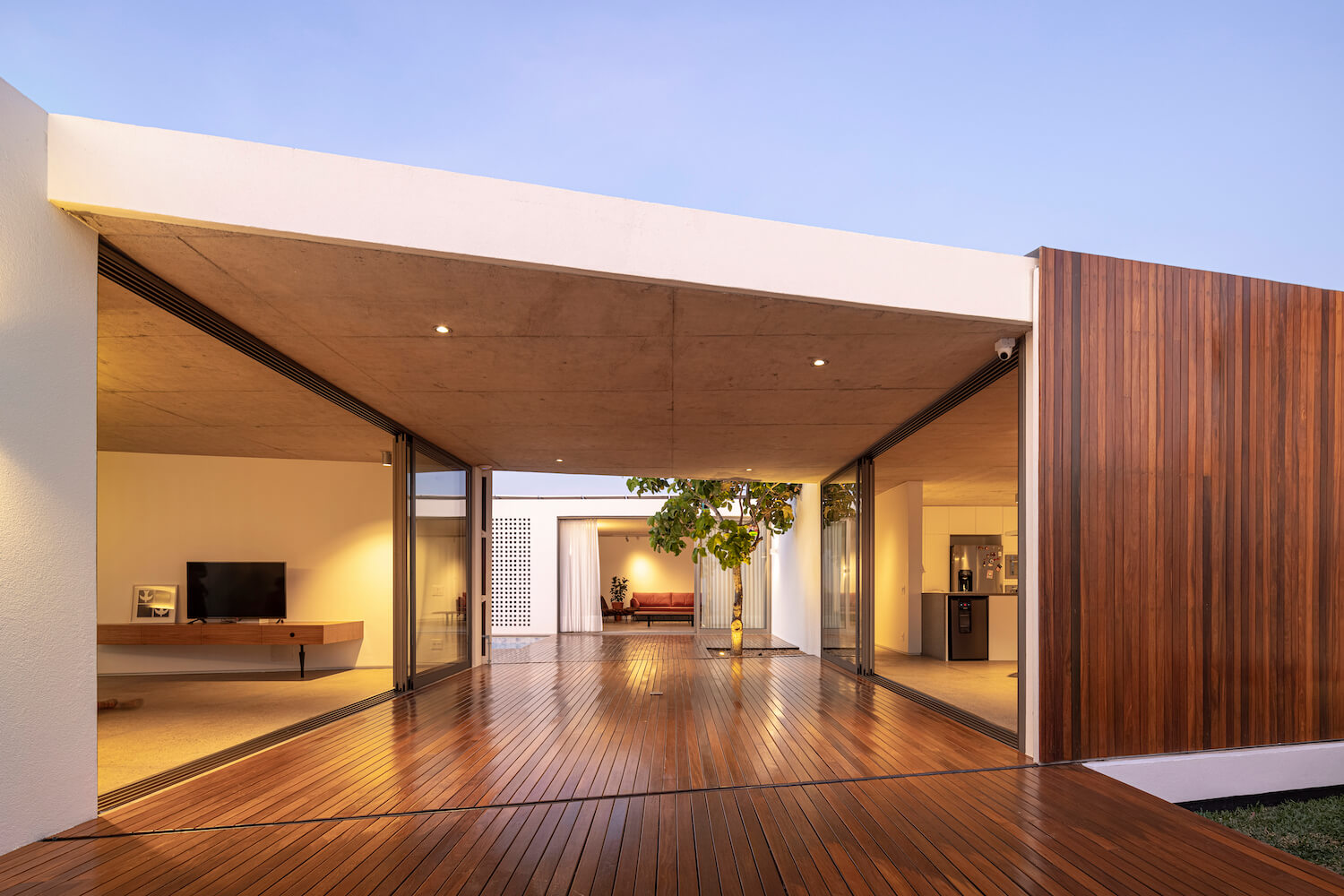
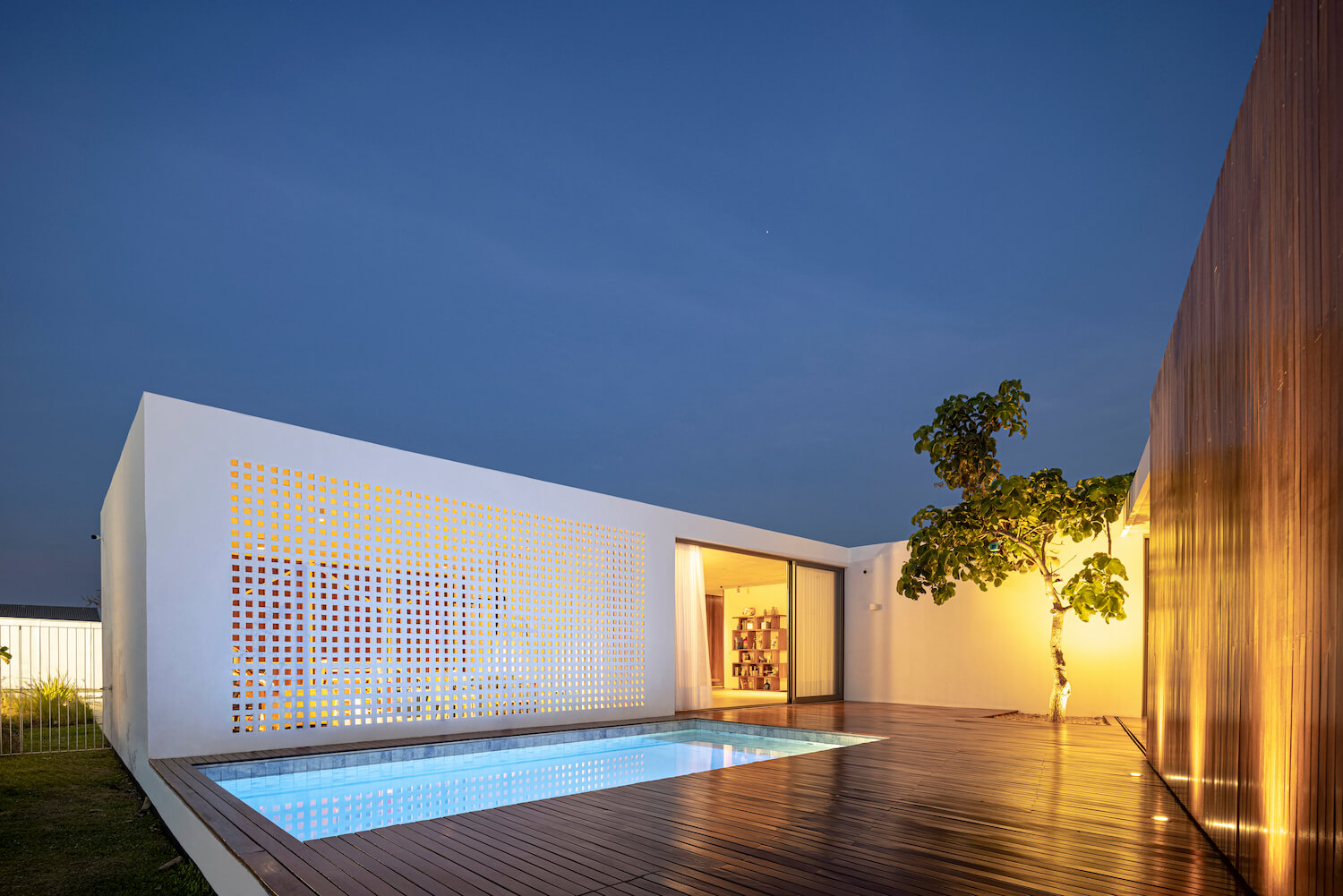

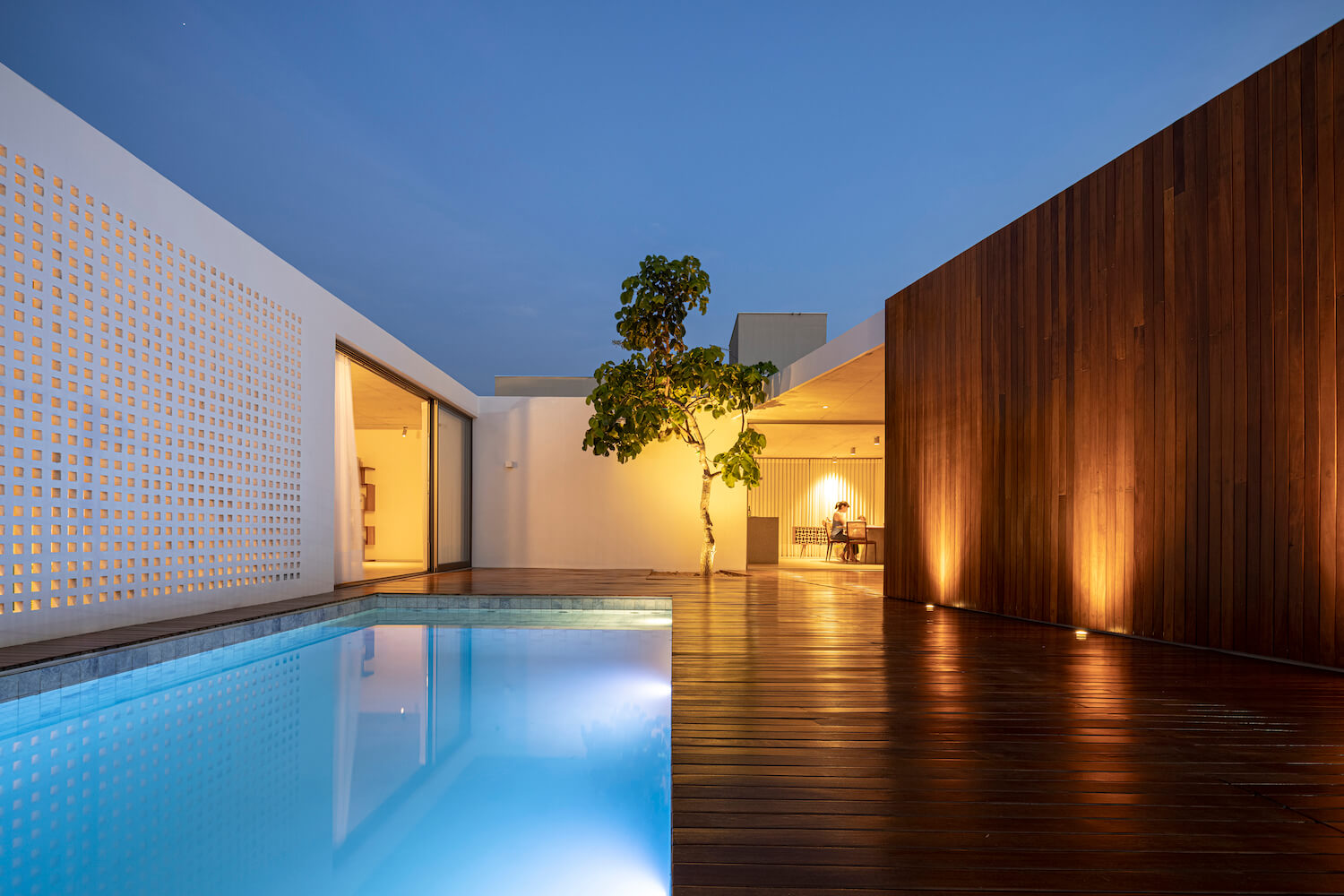

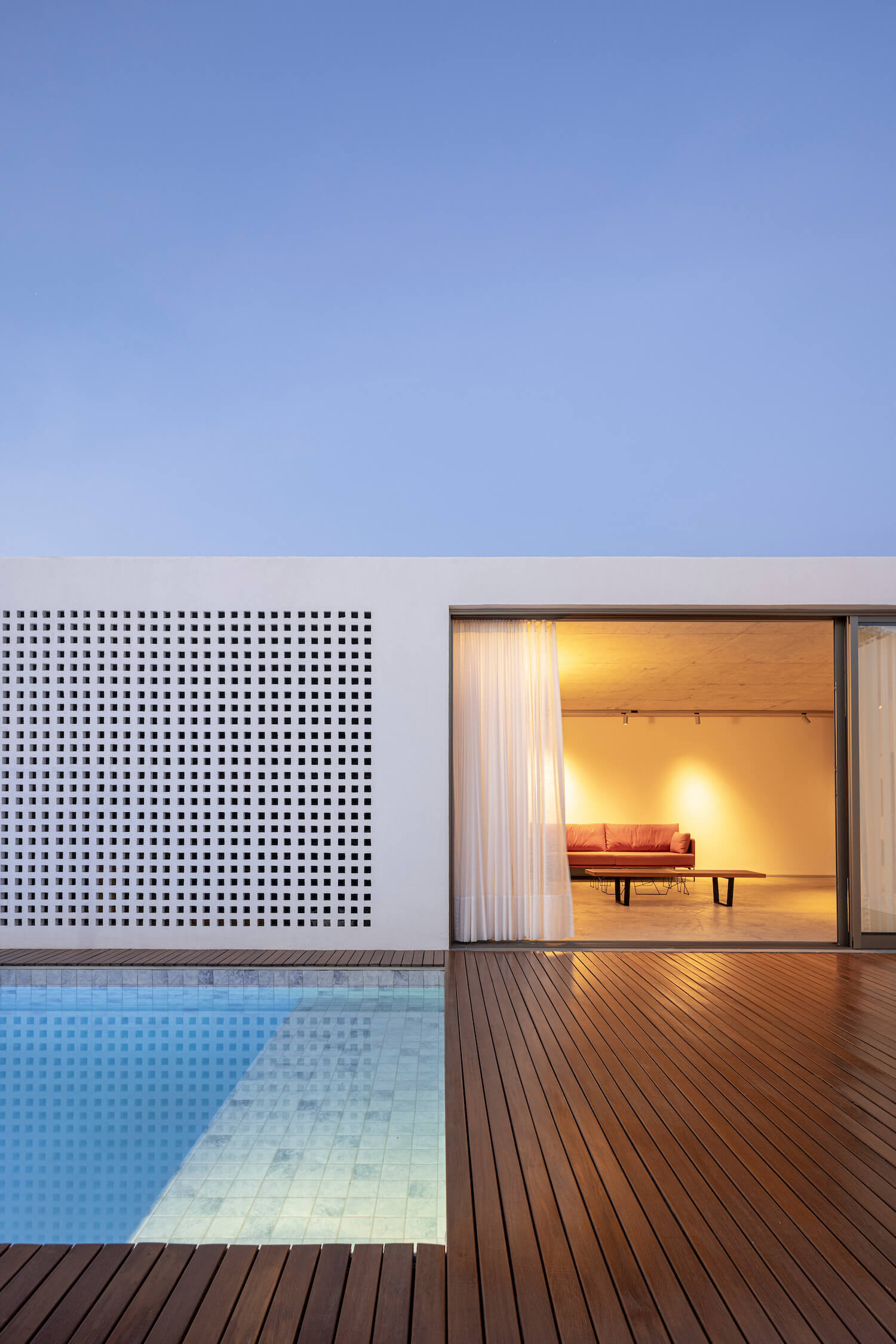

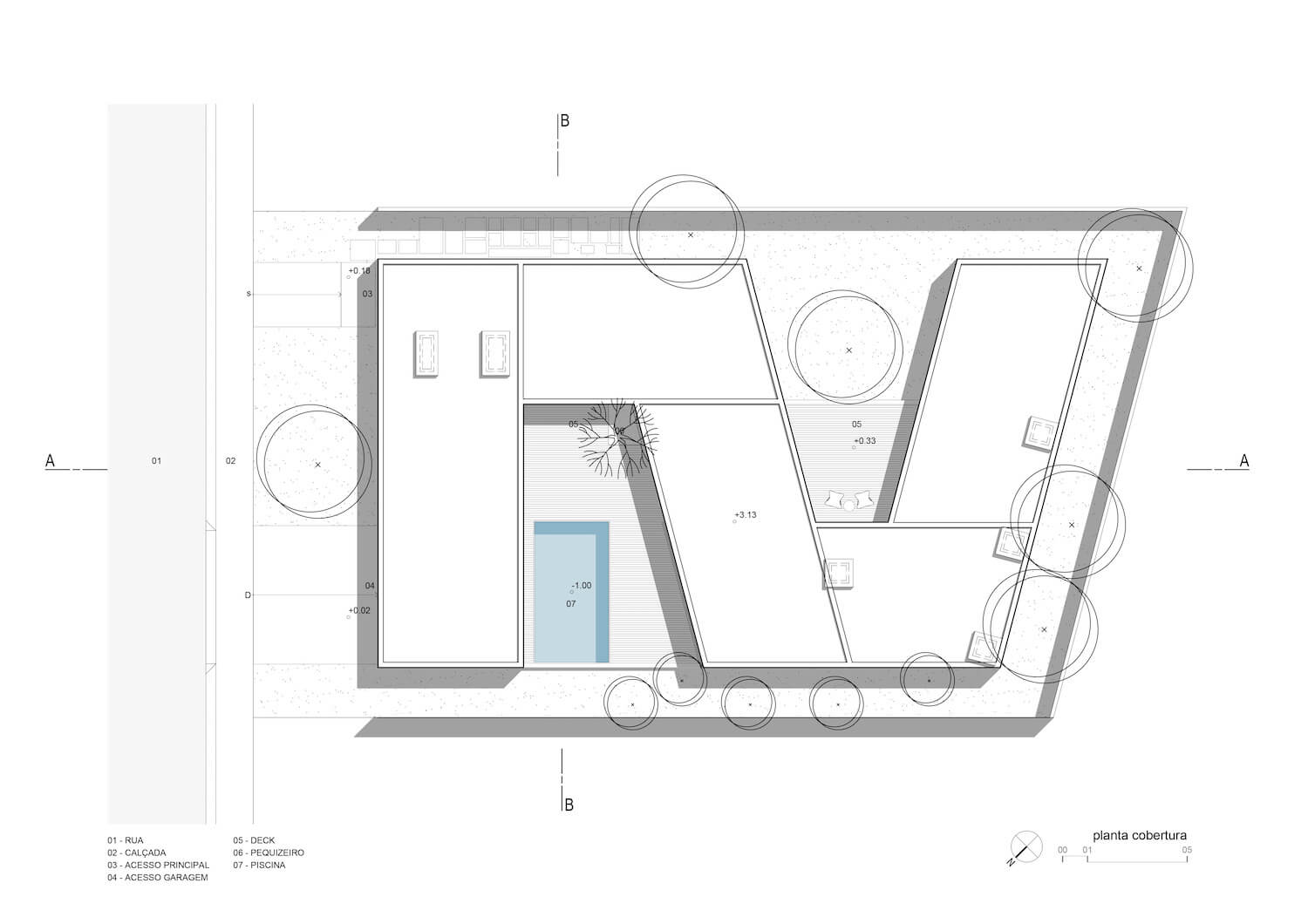



Connect with the ARQBR Arquitetura e Urbanismo



